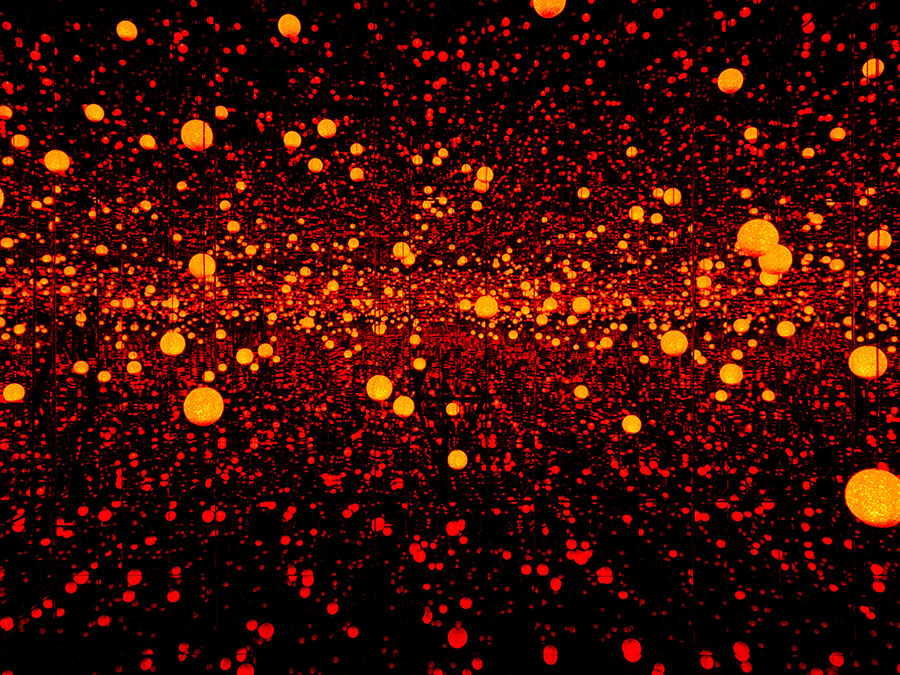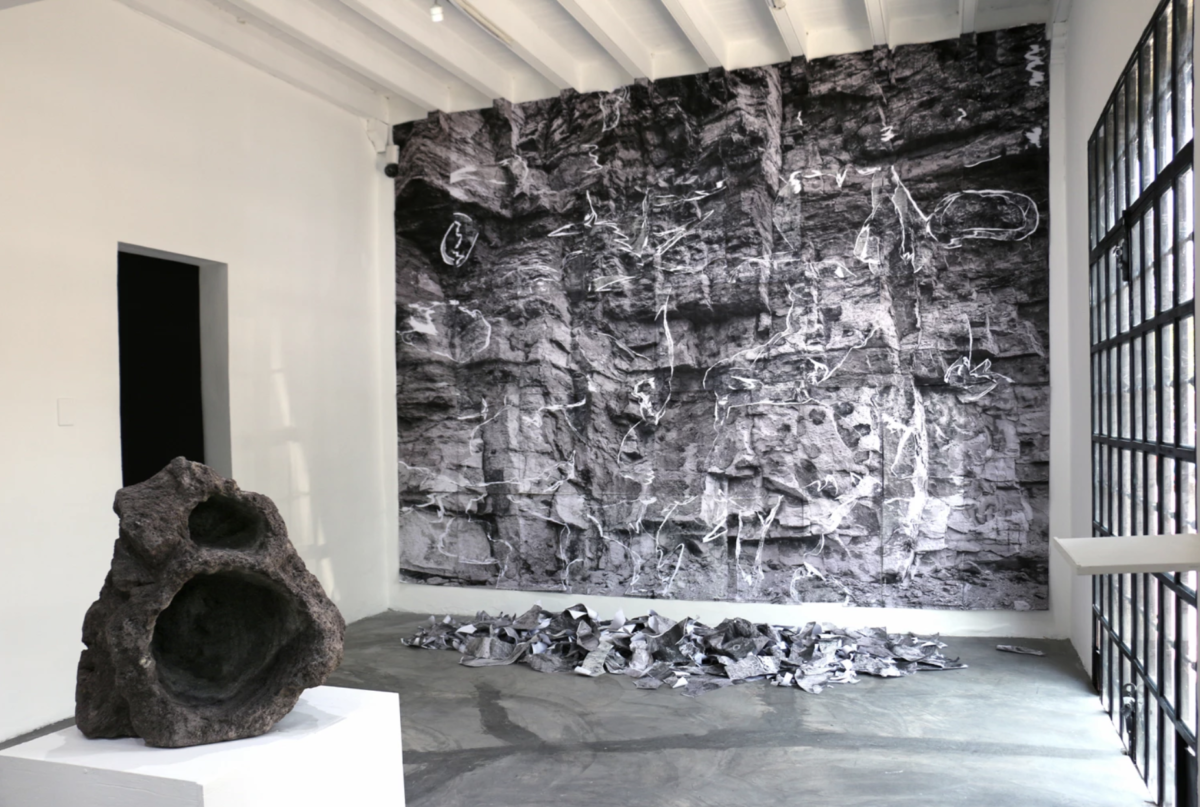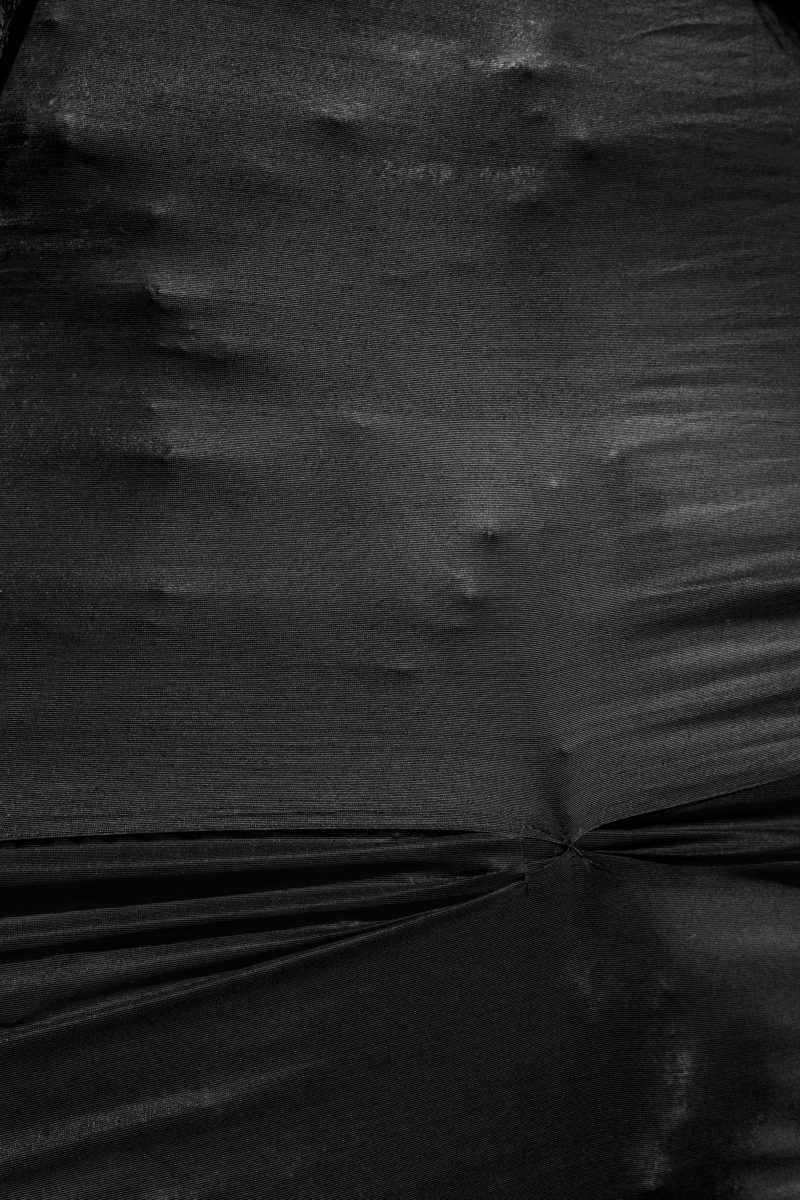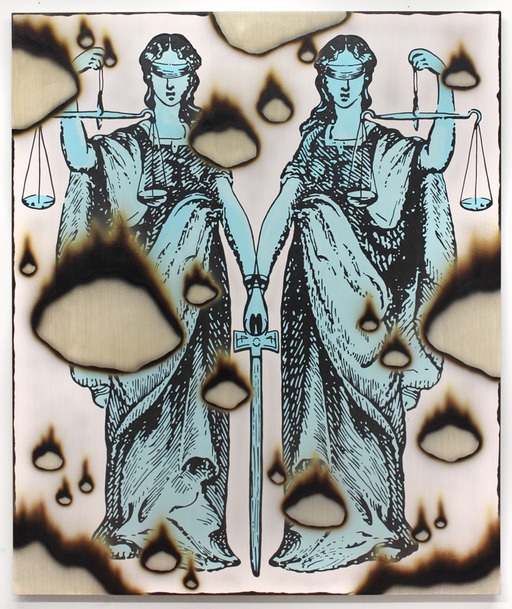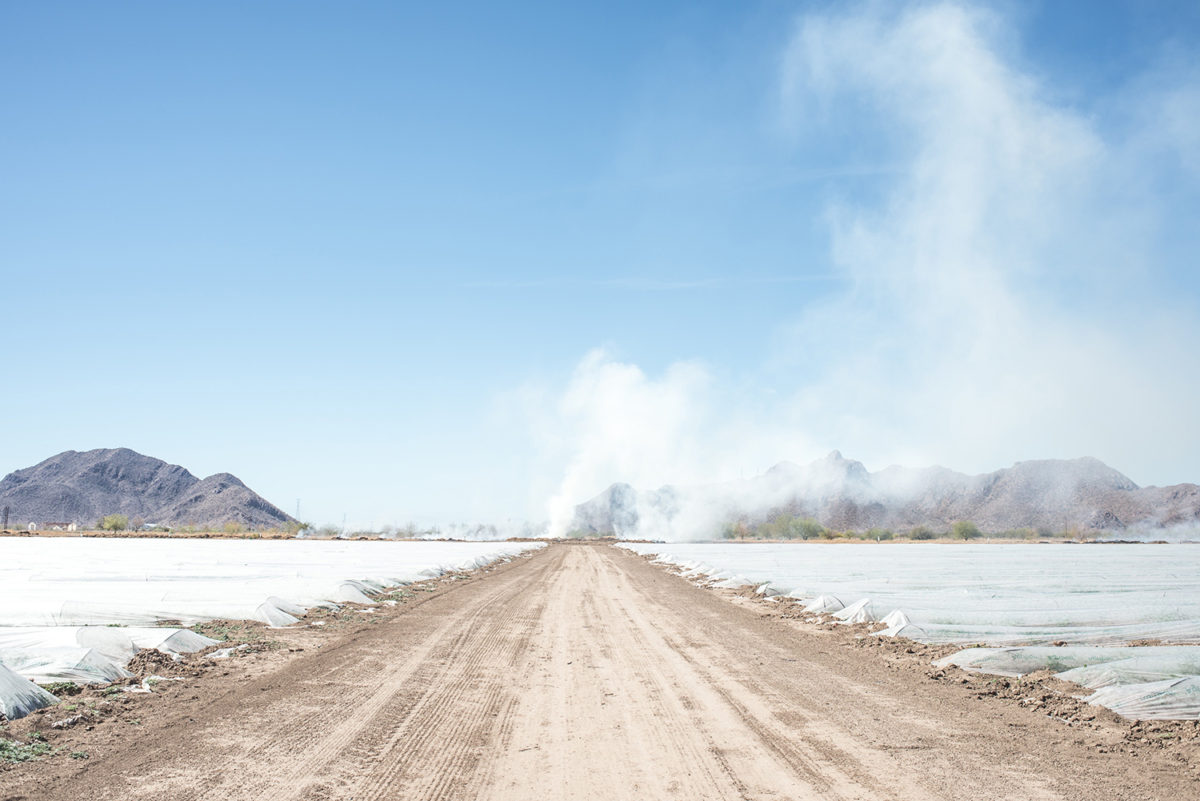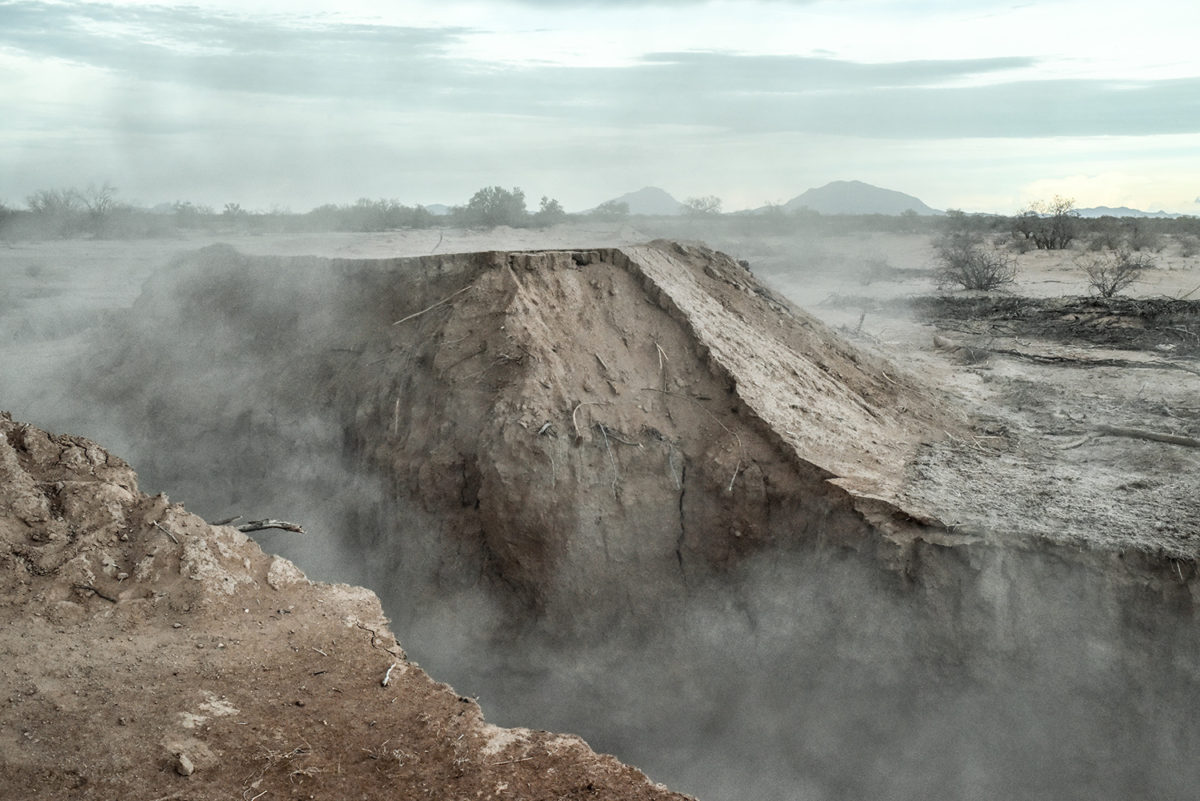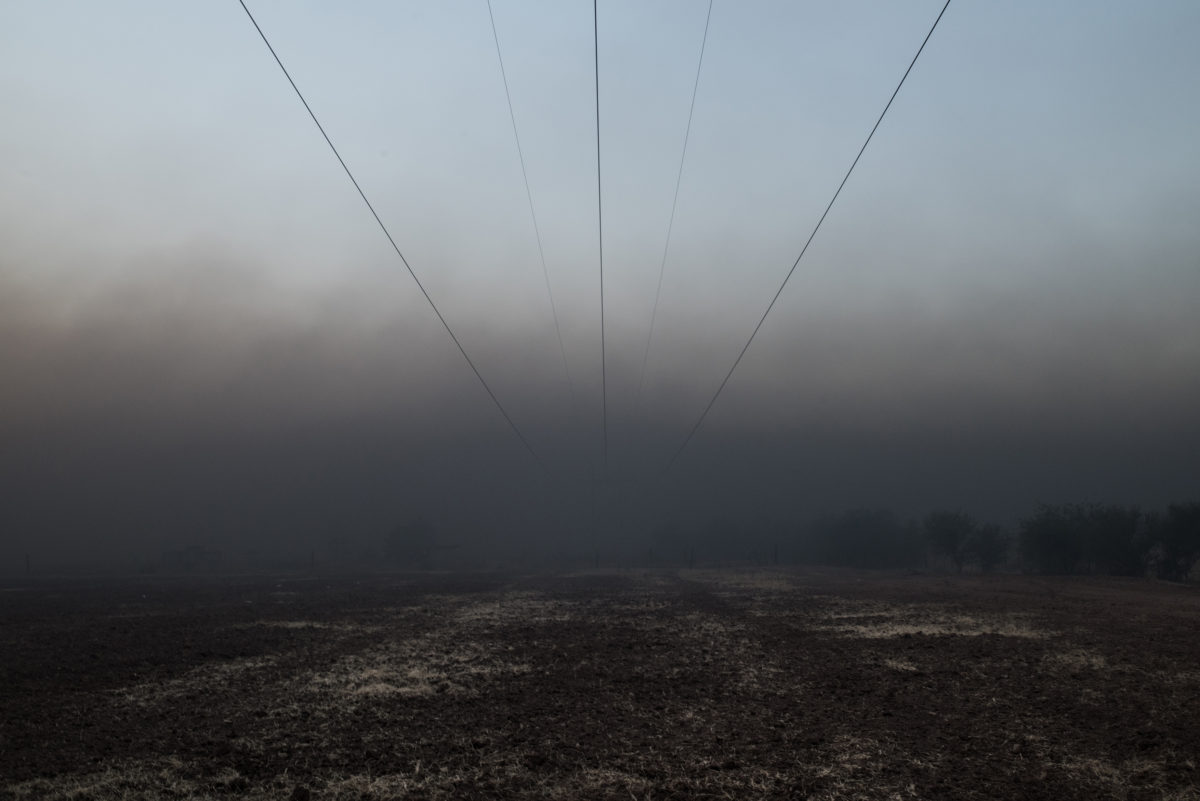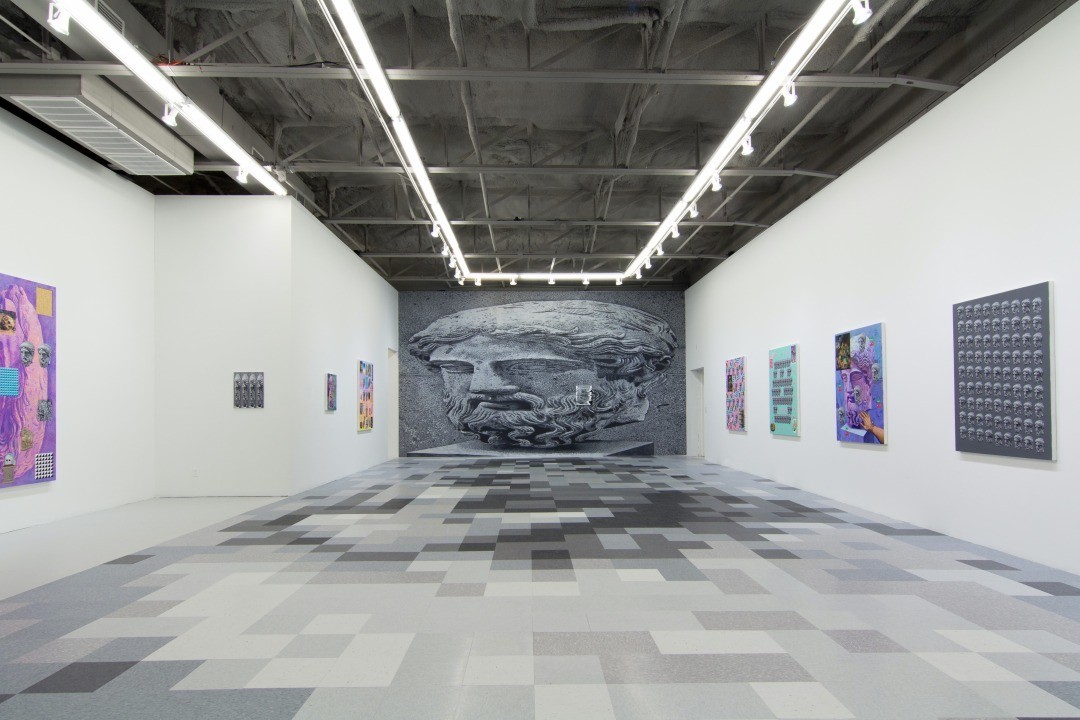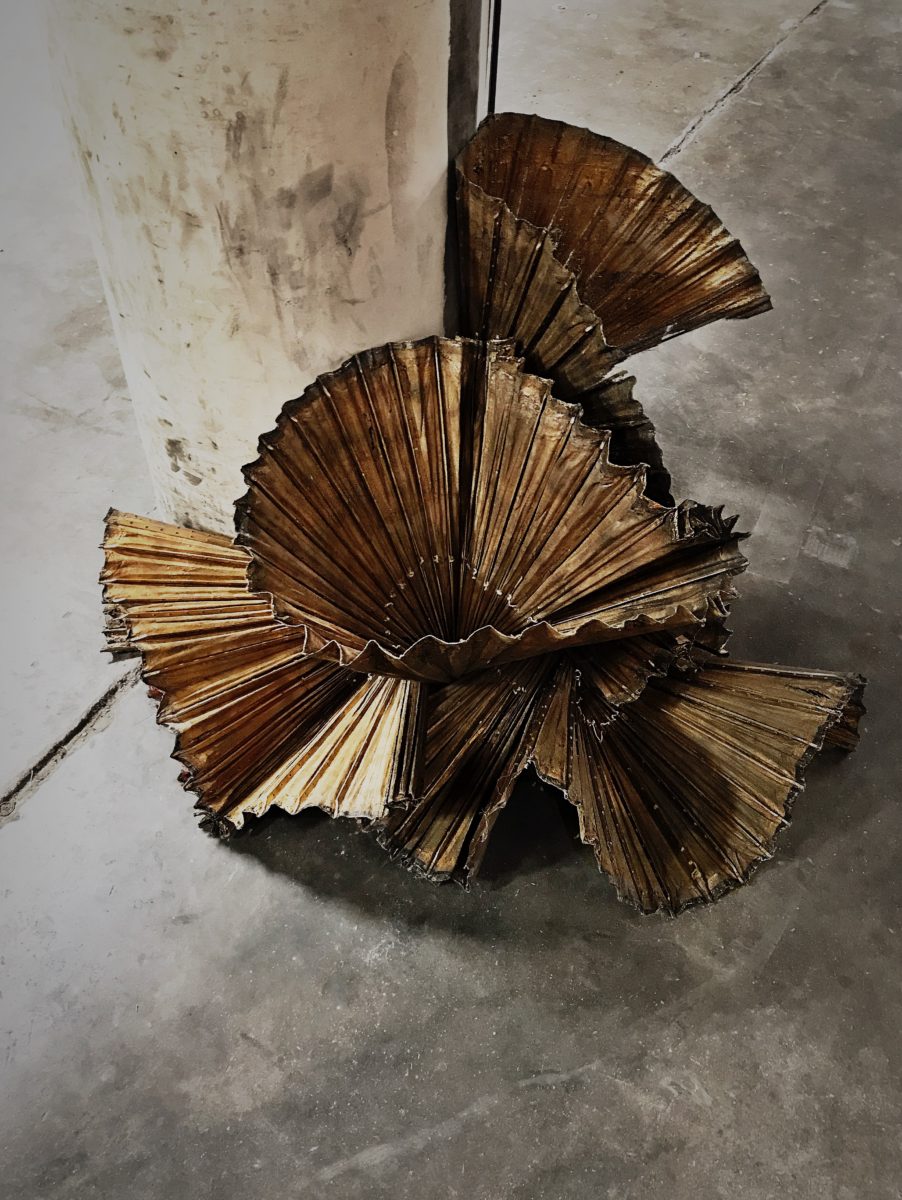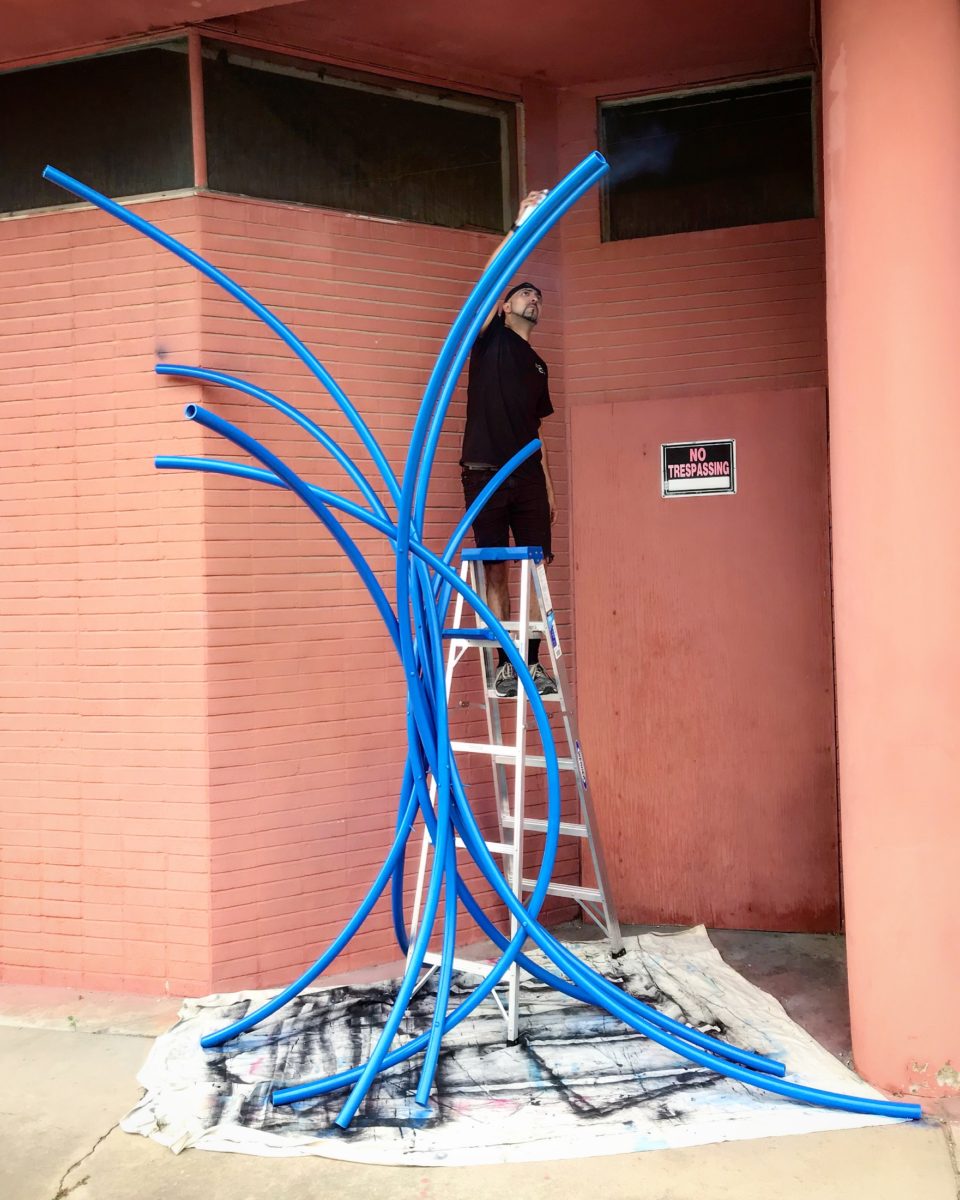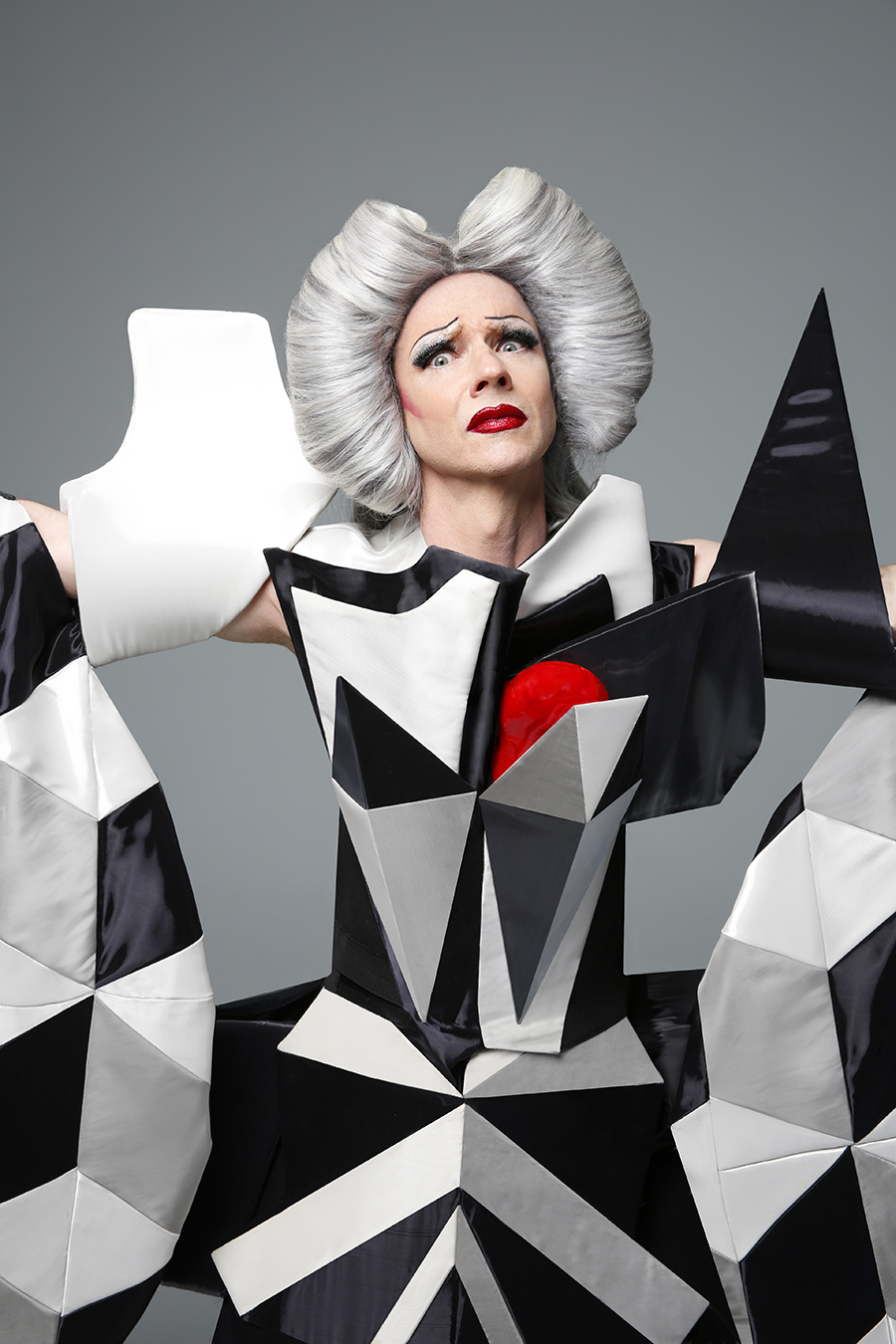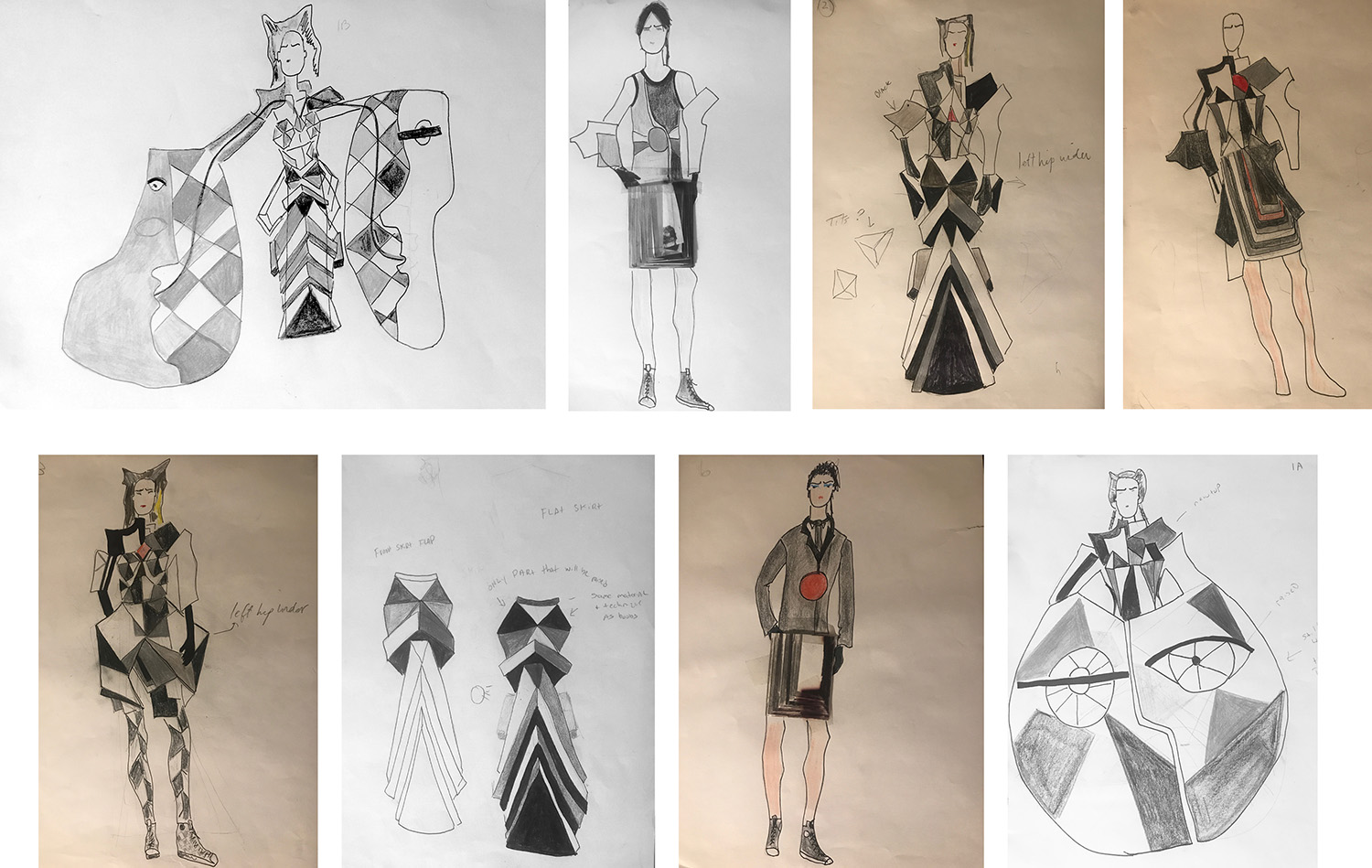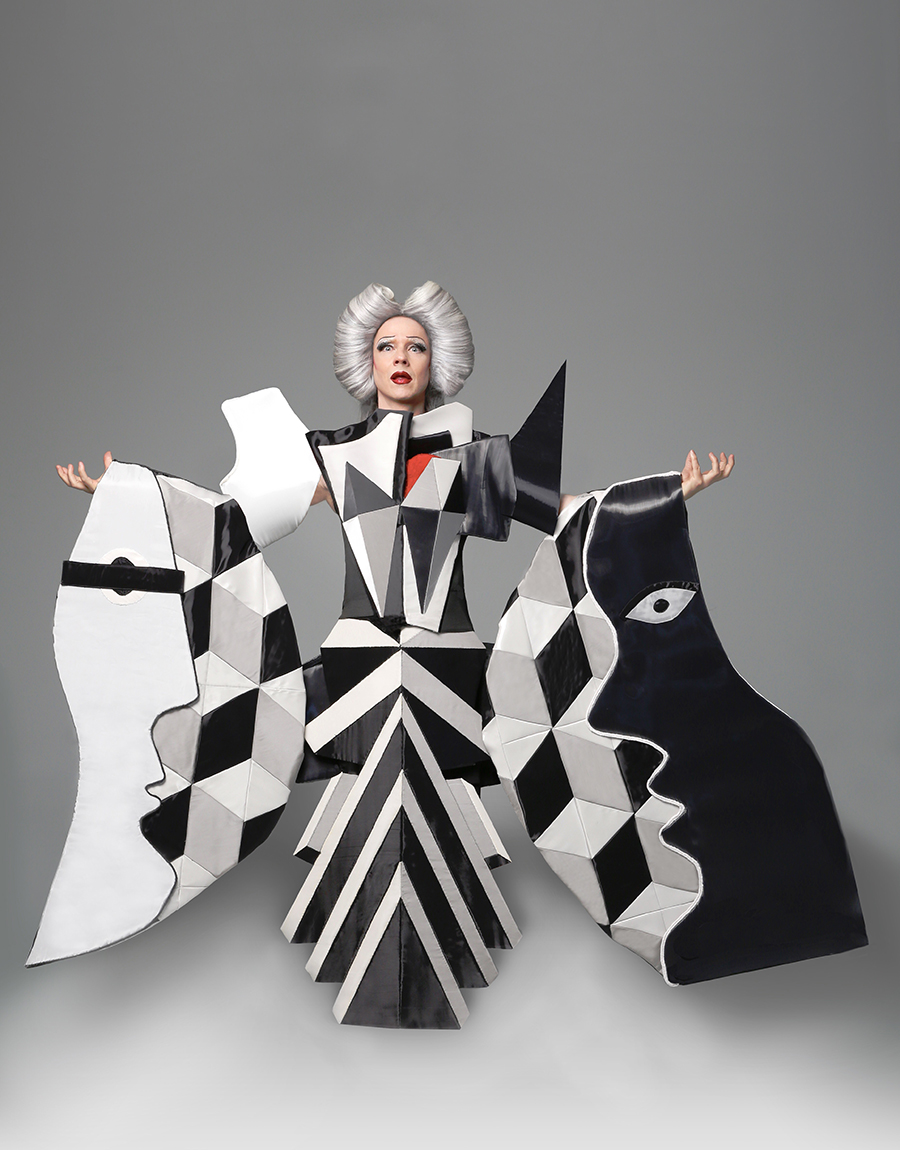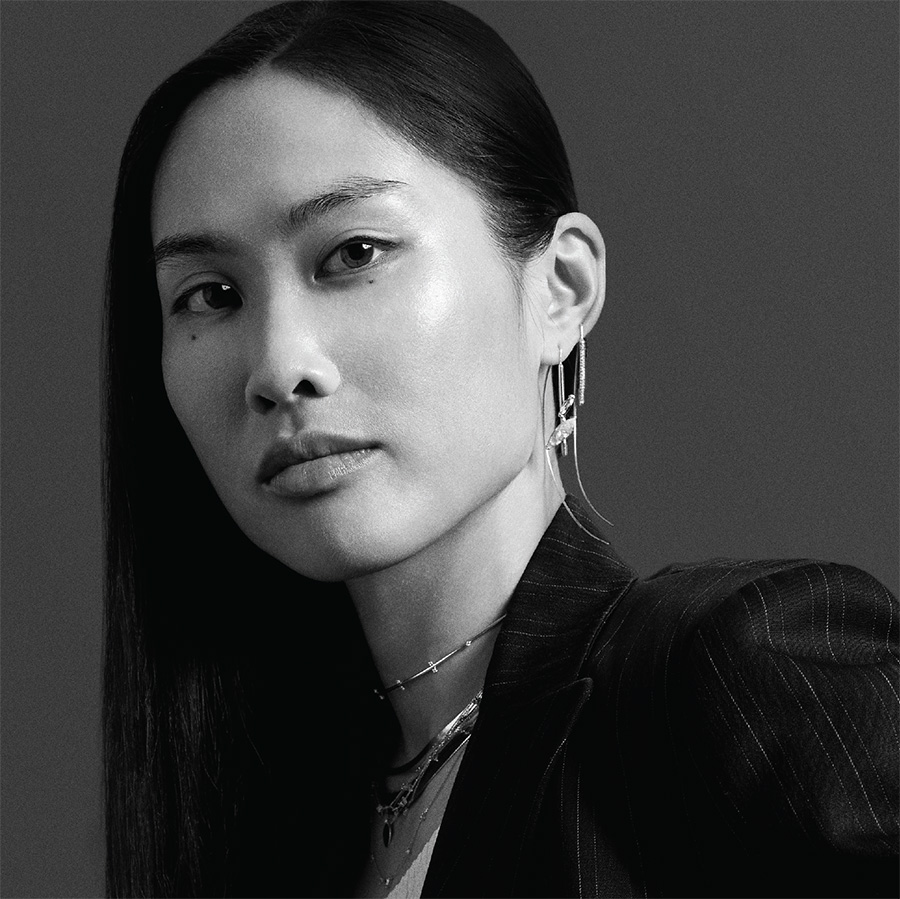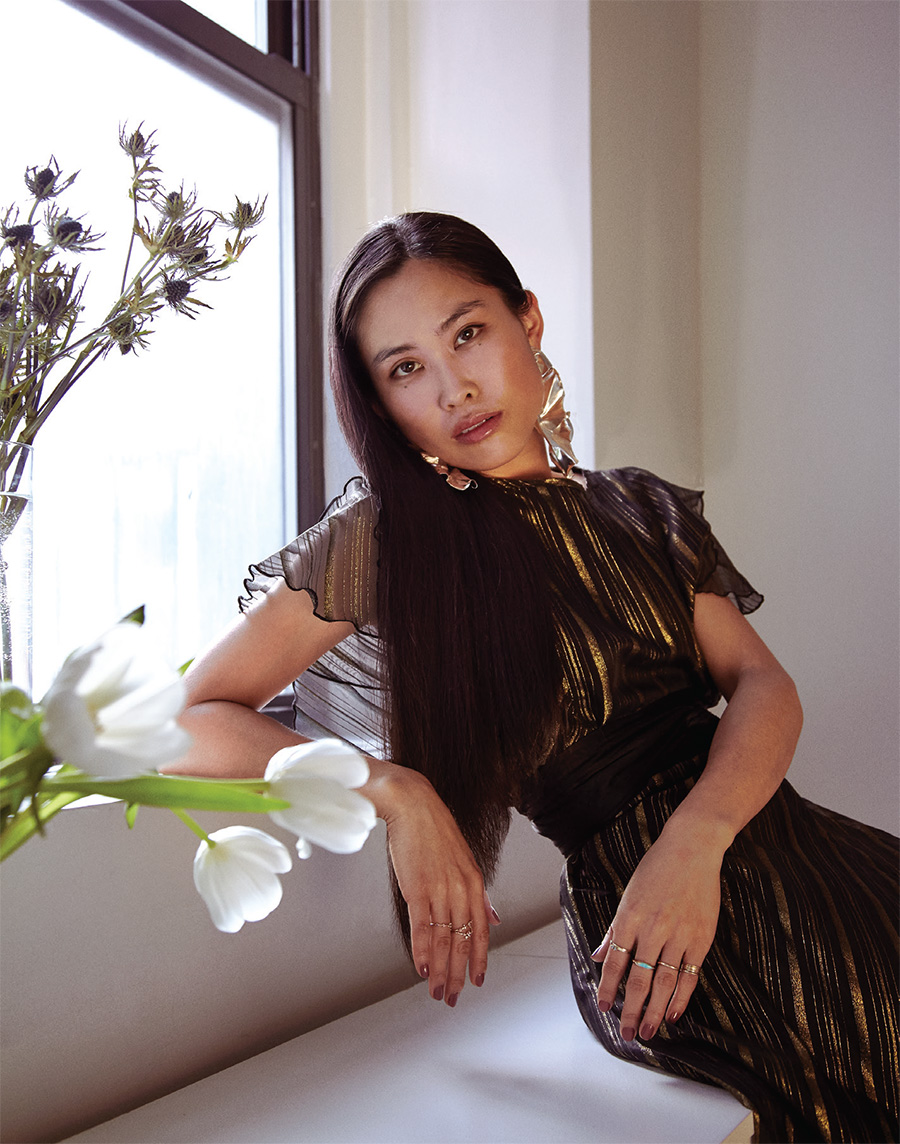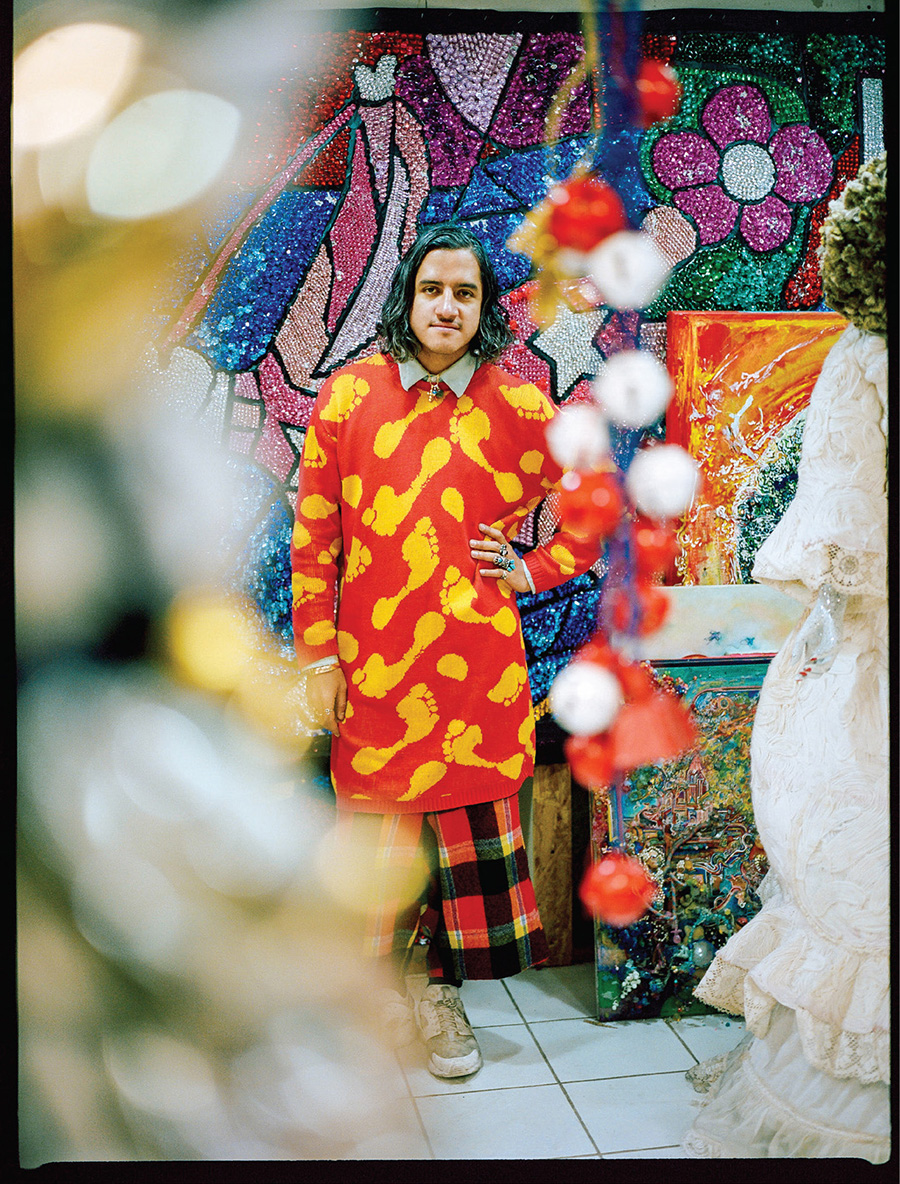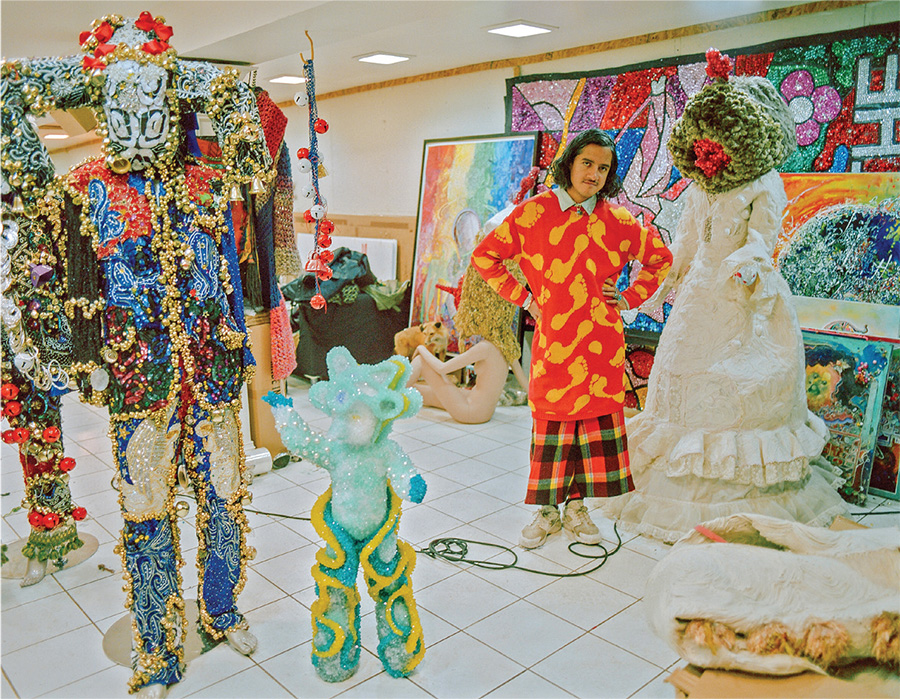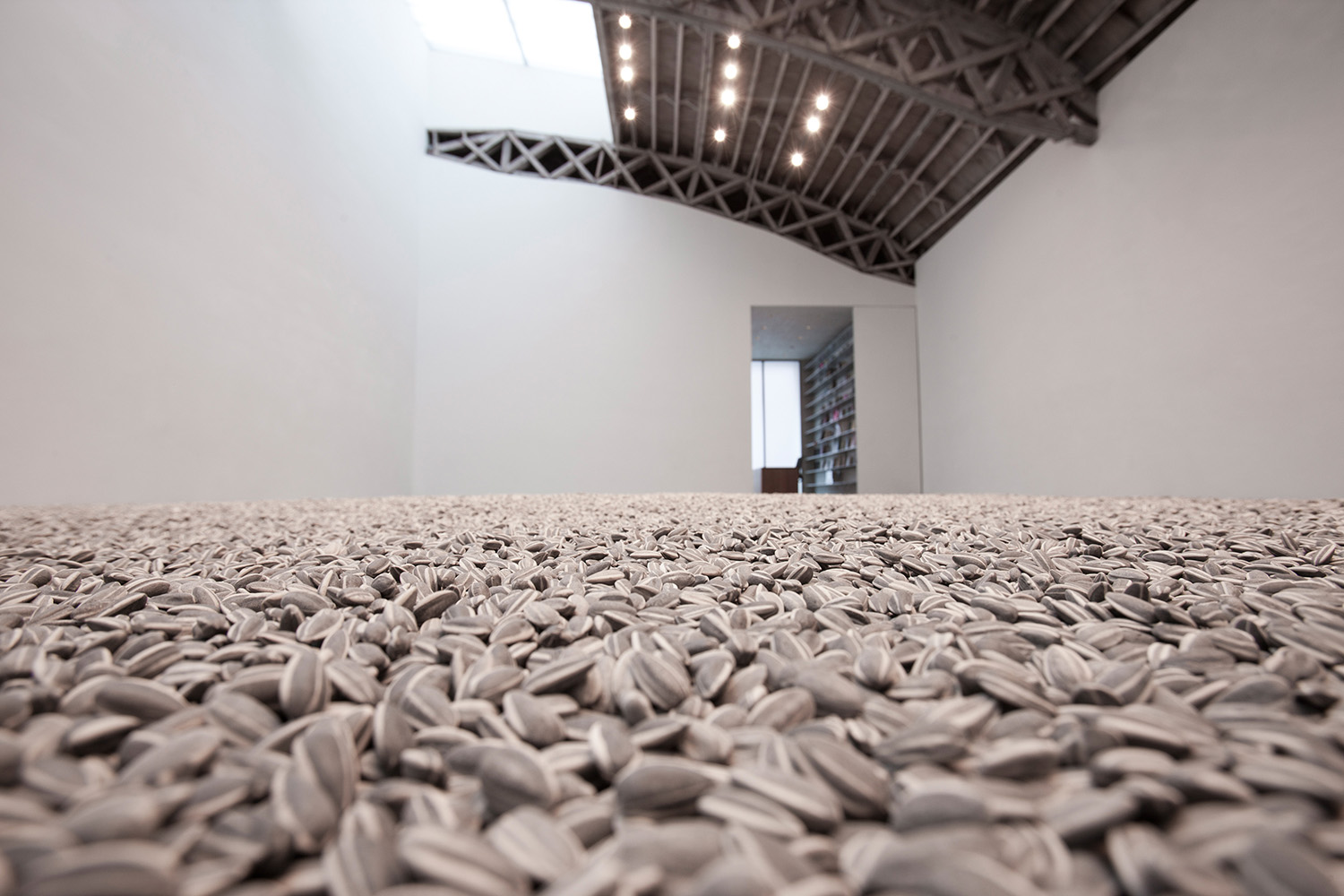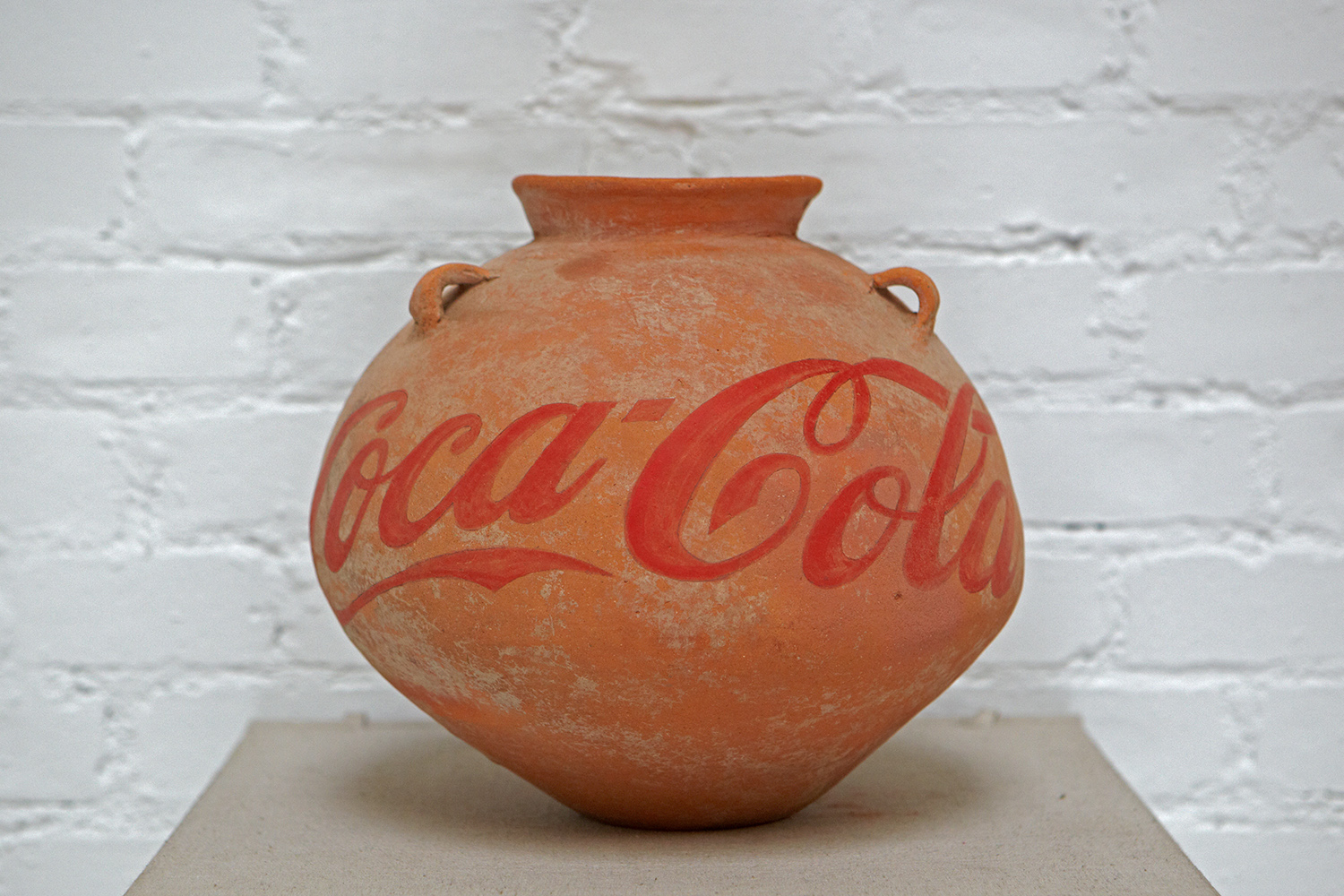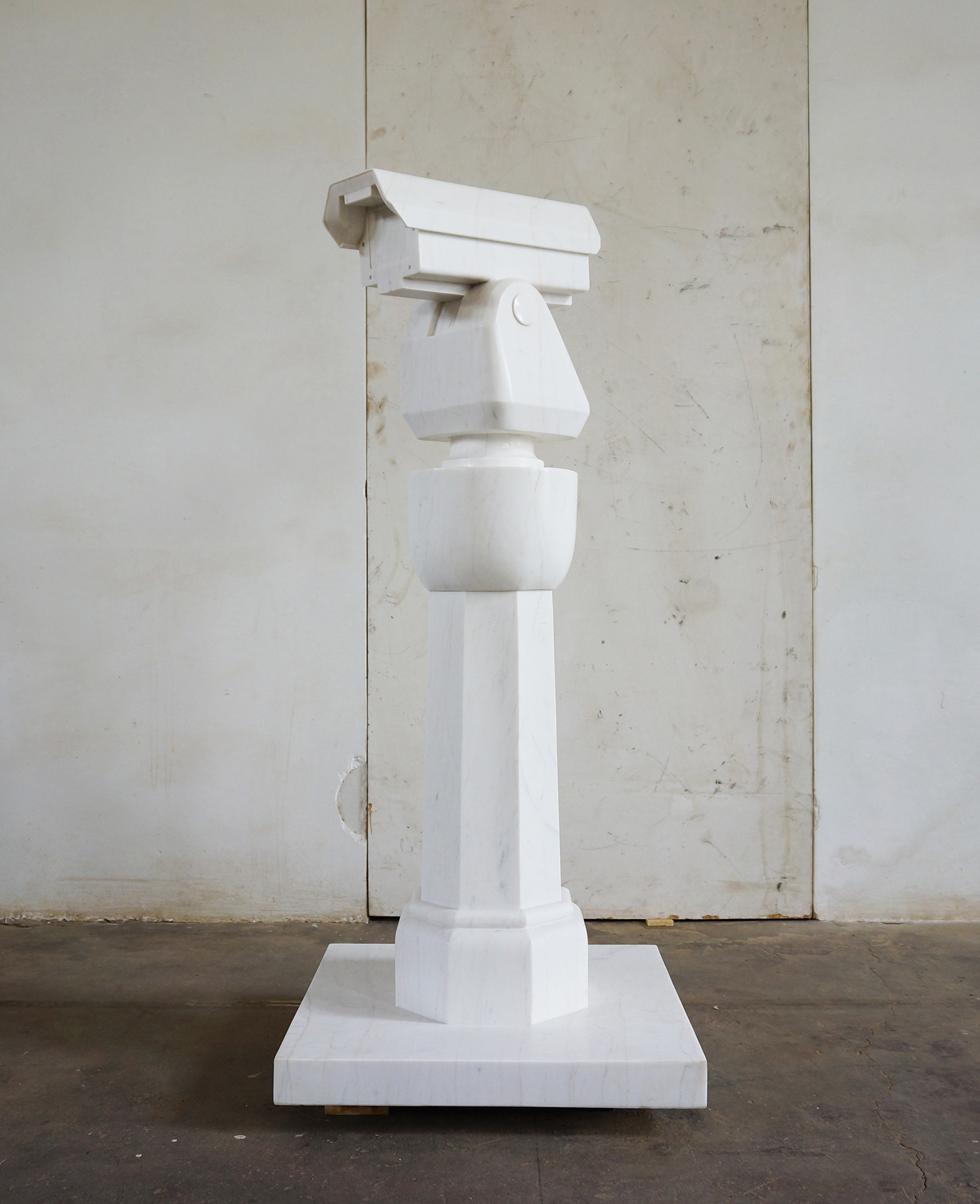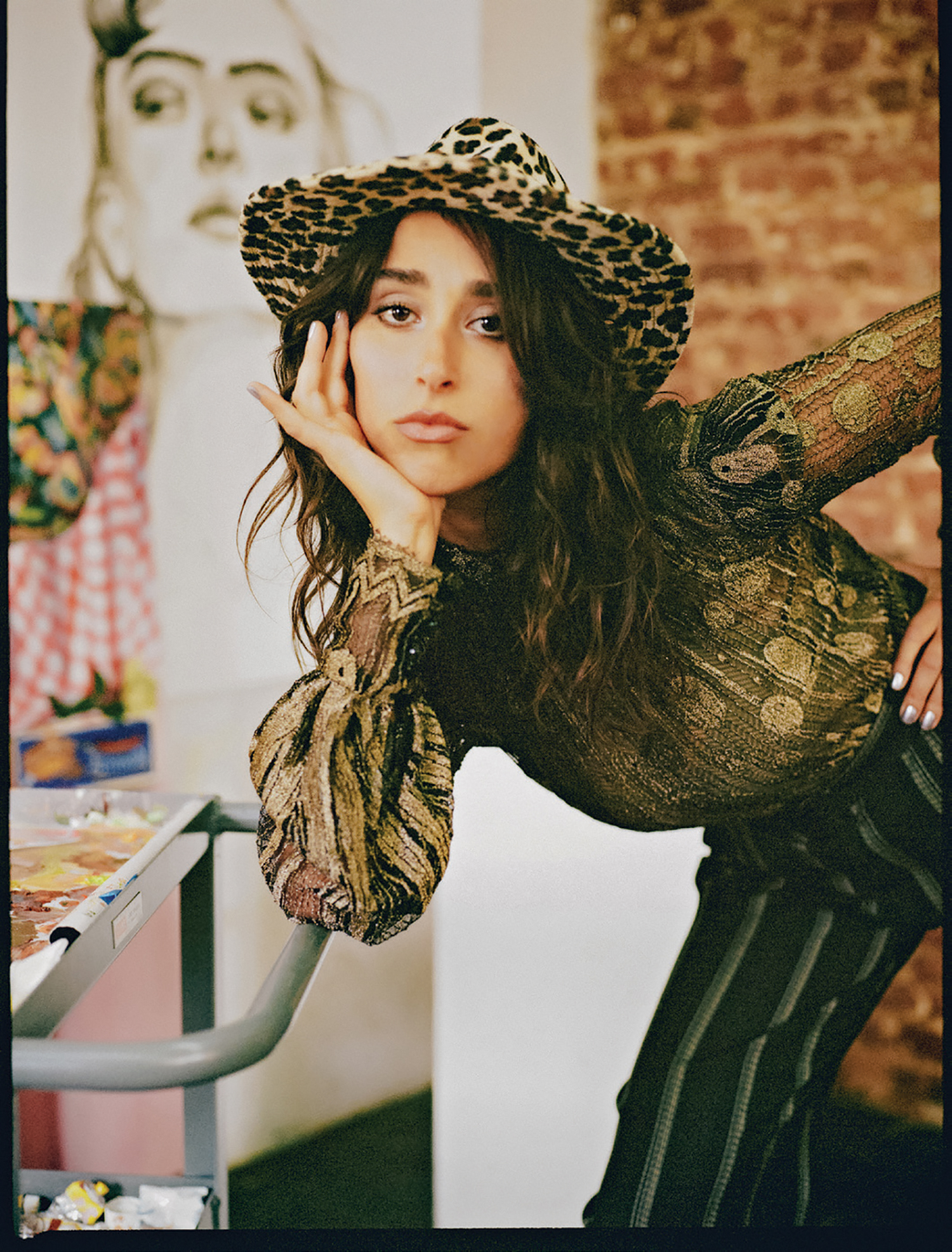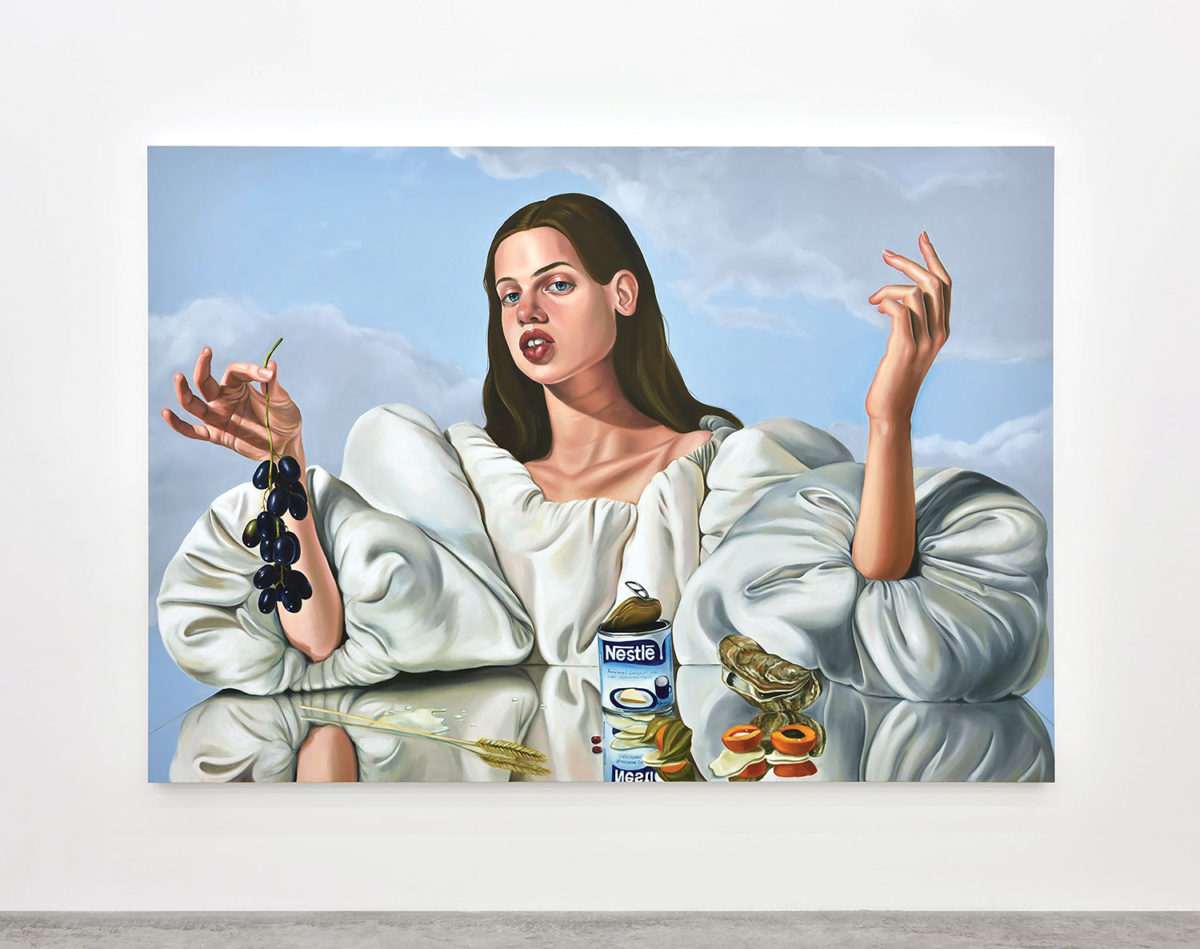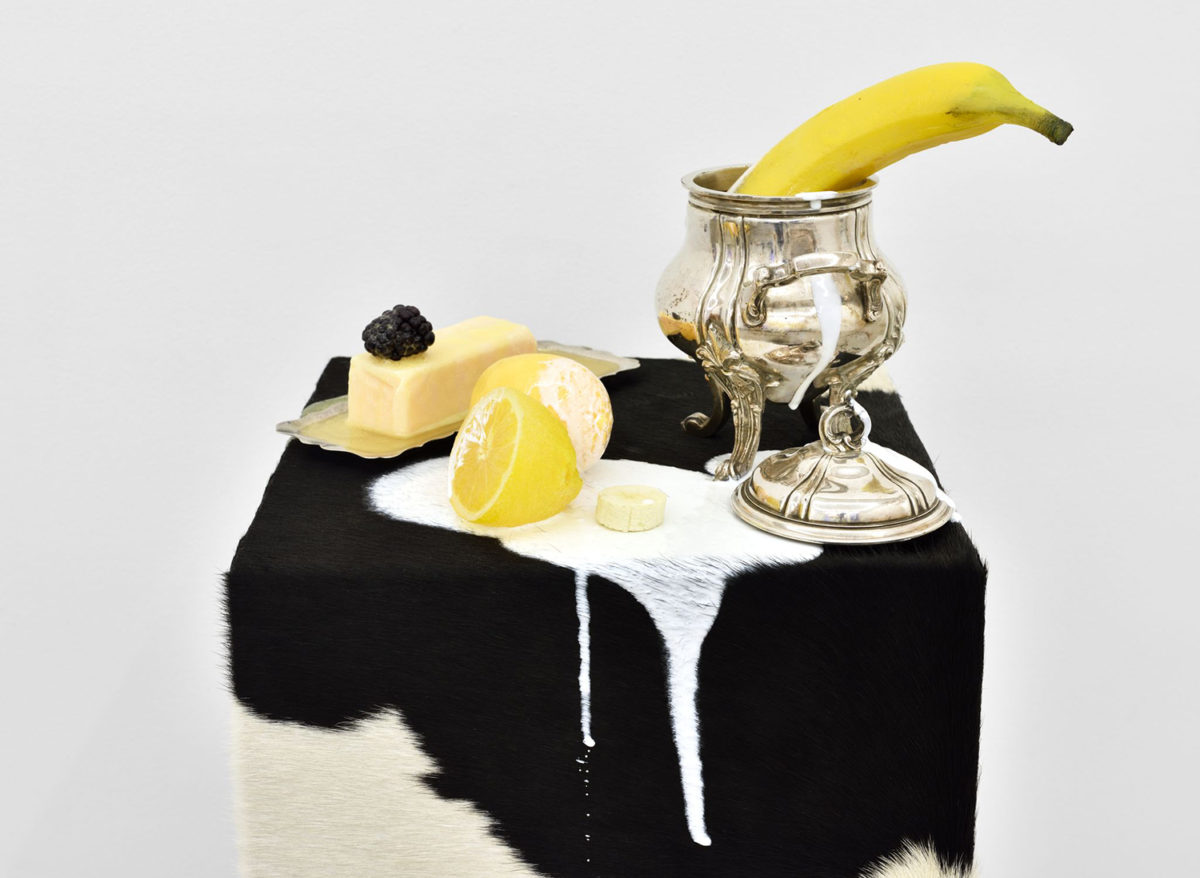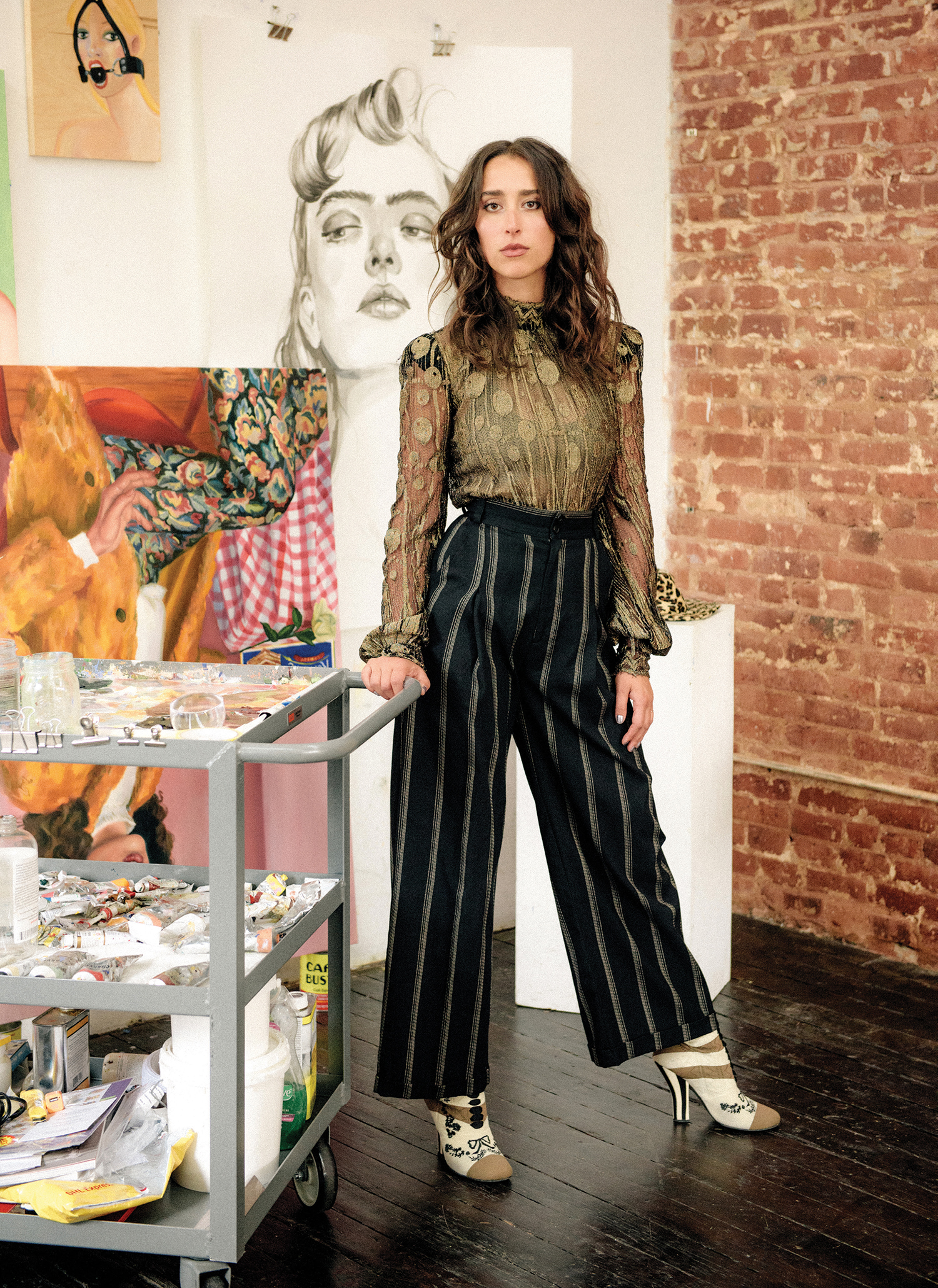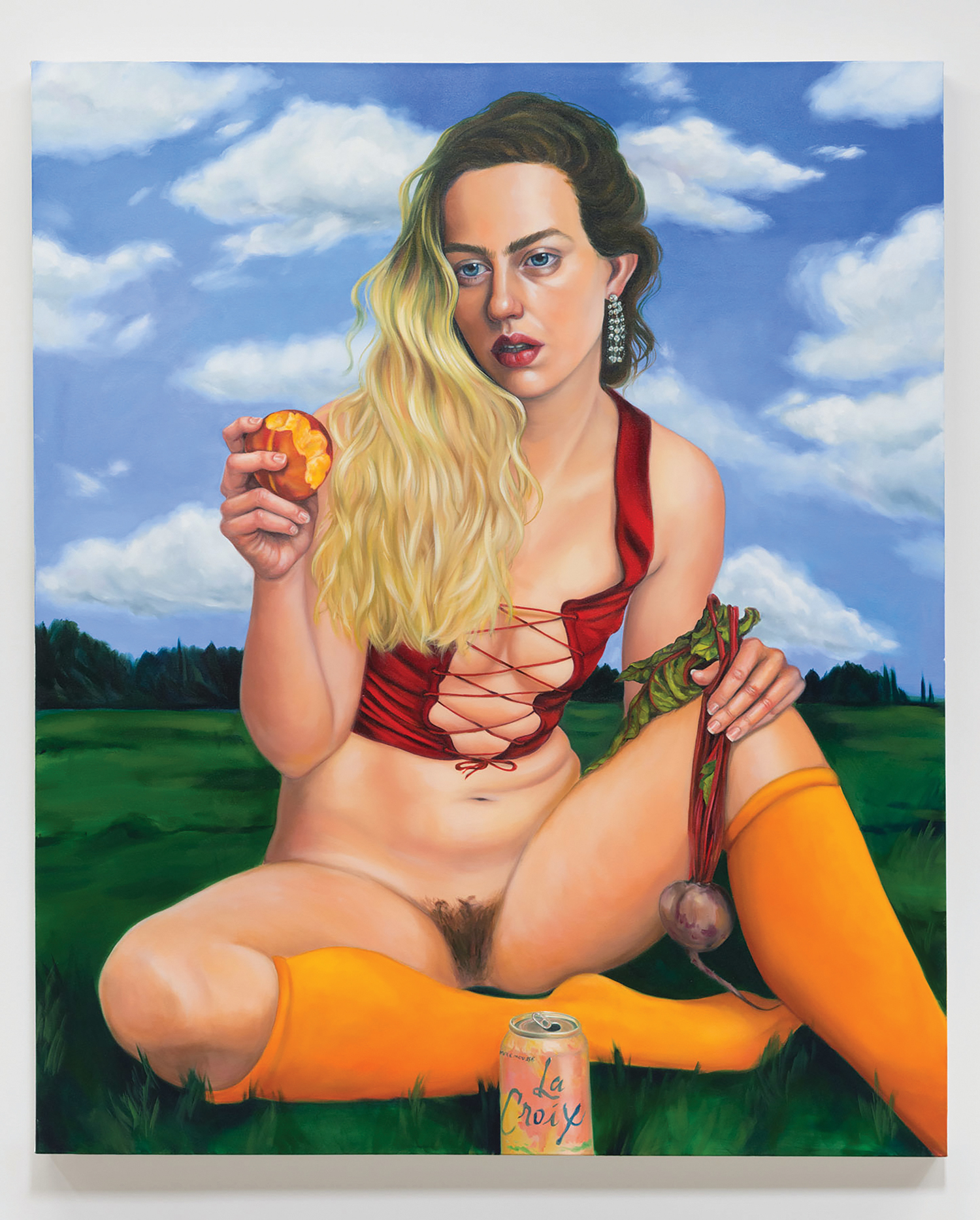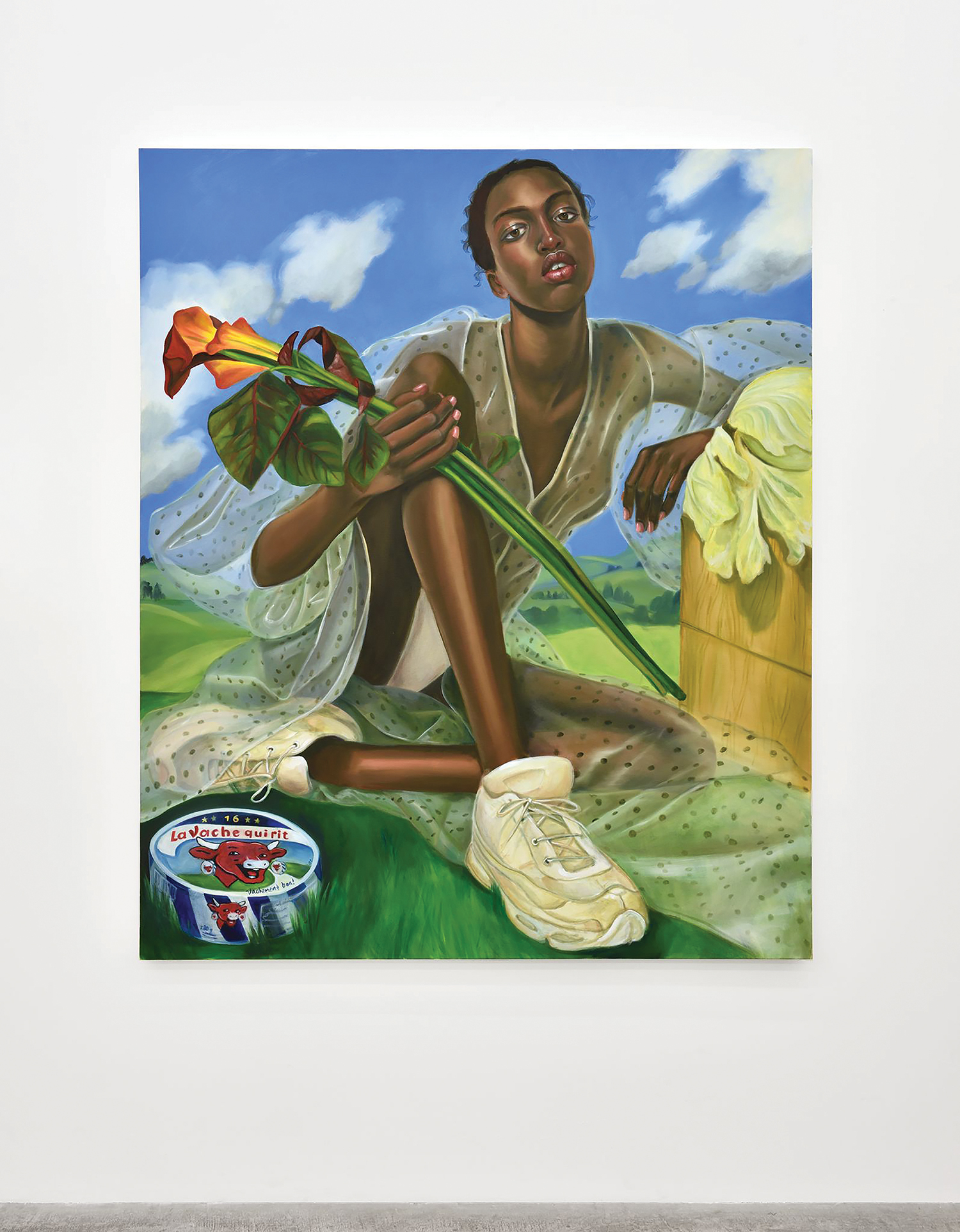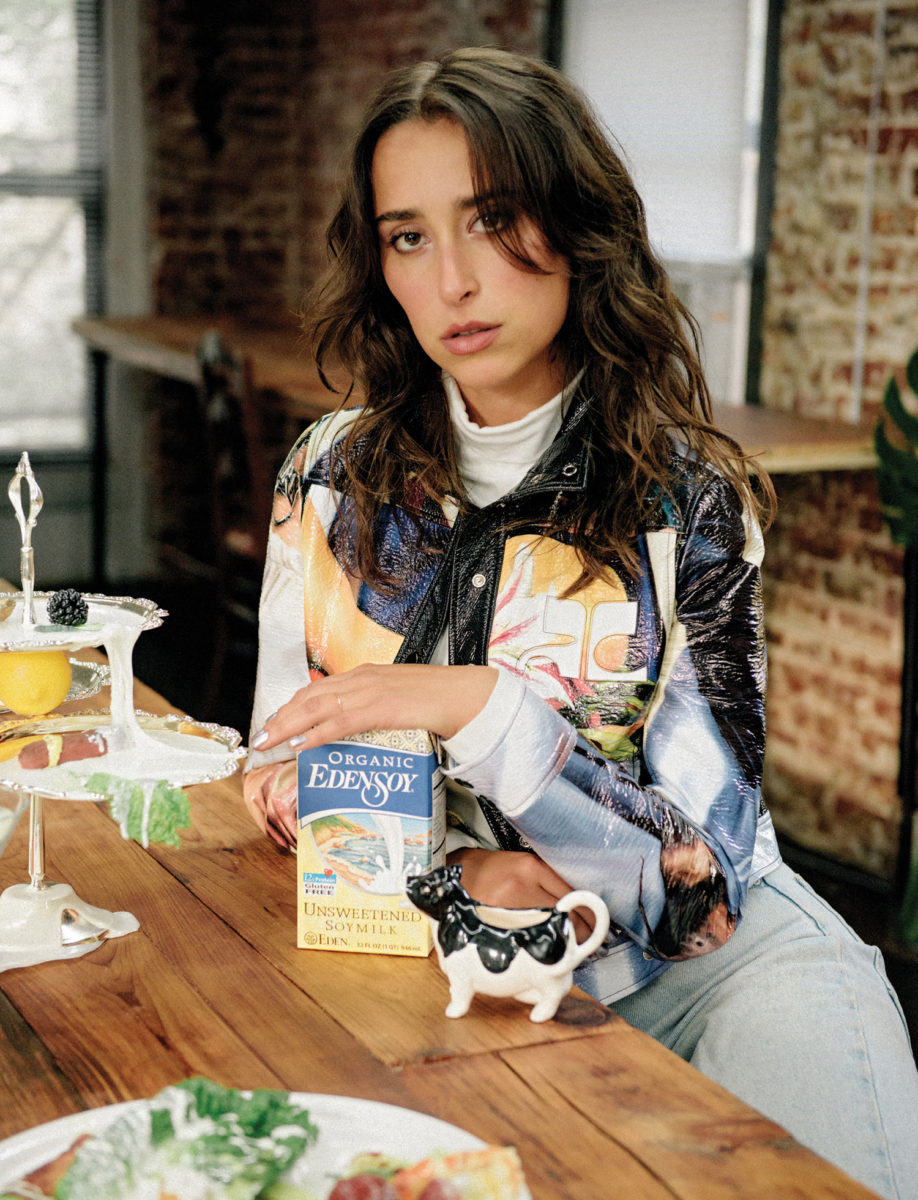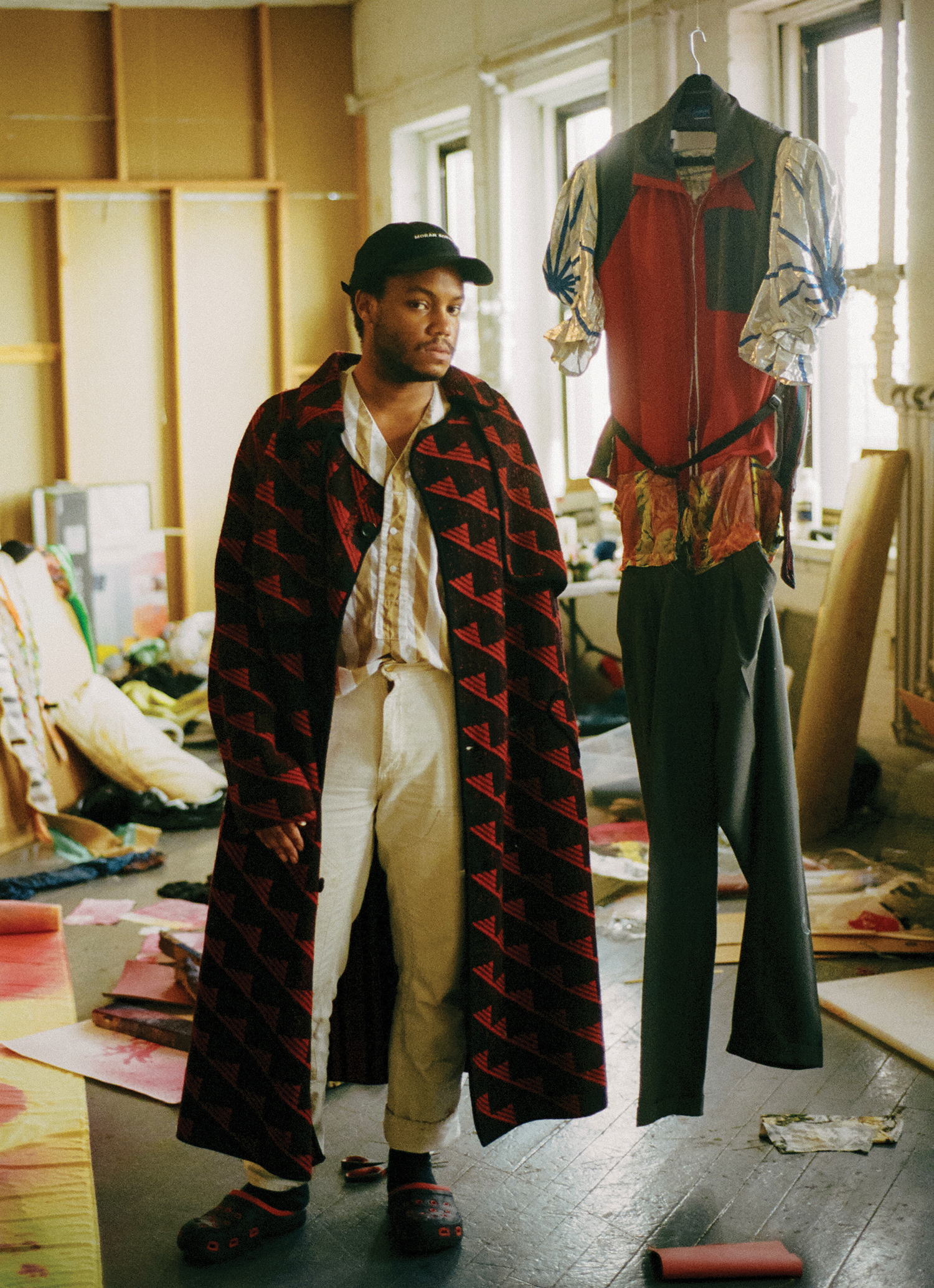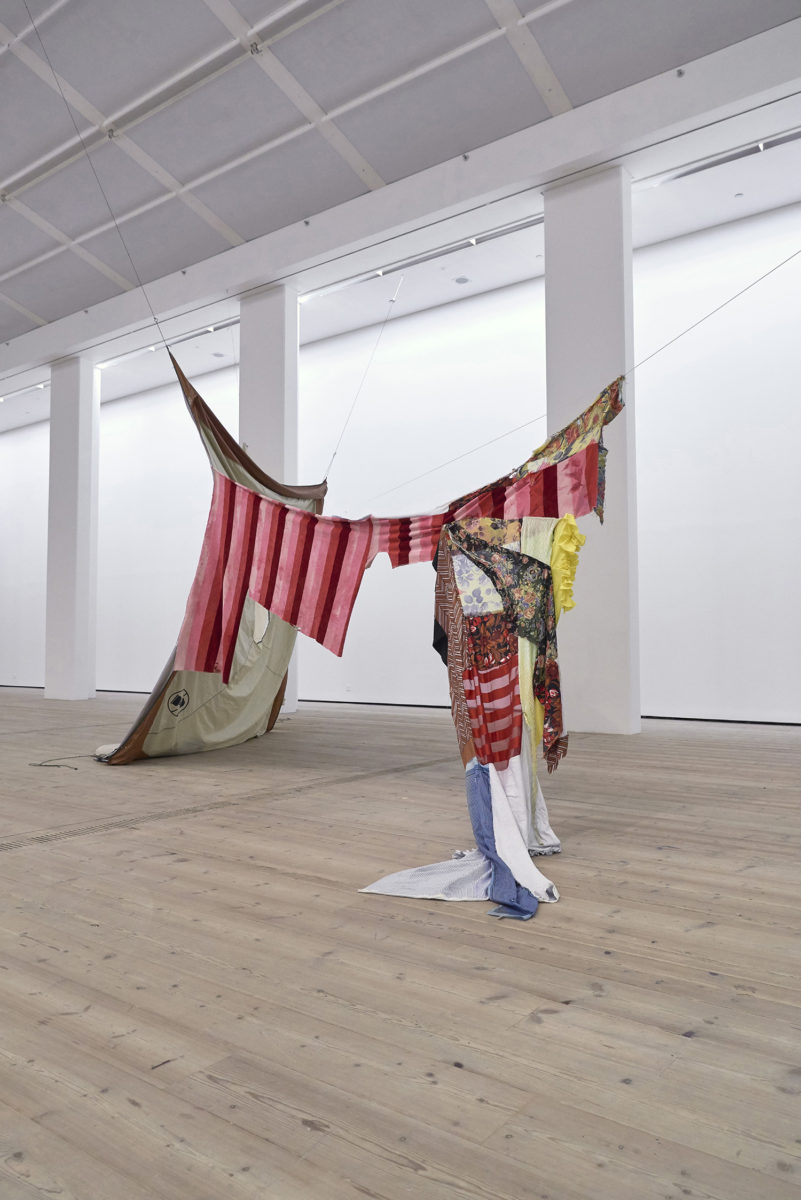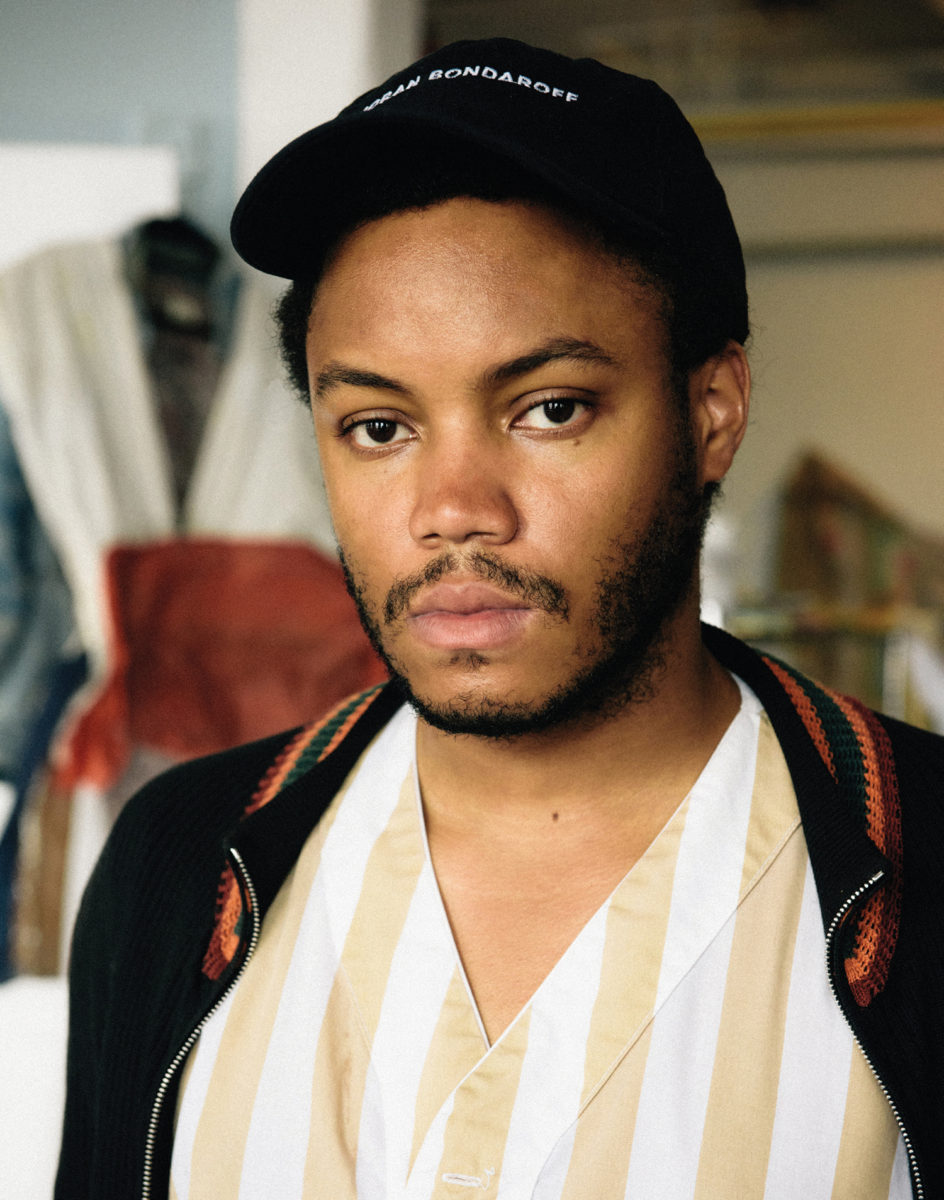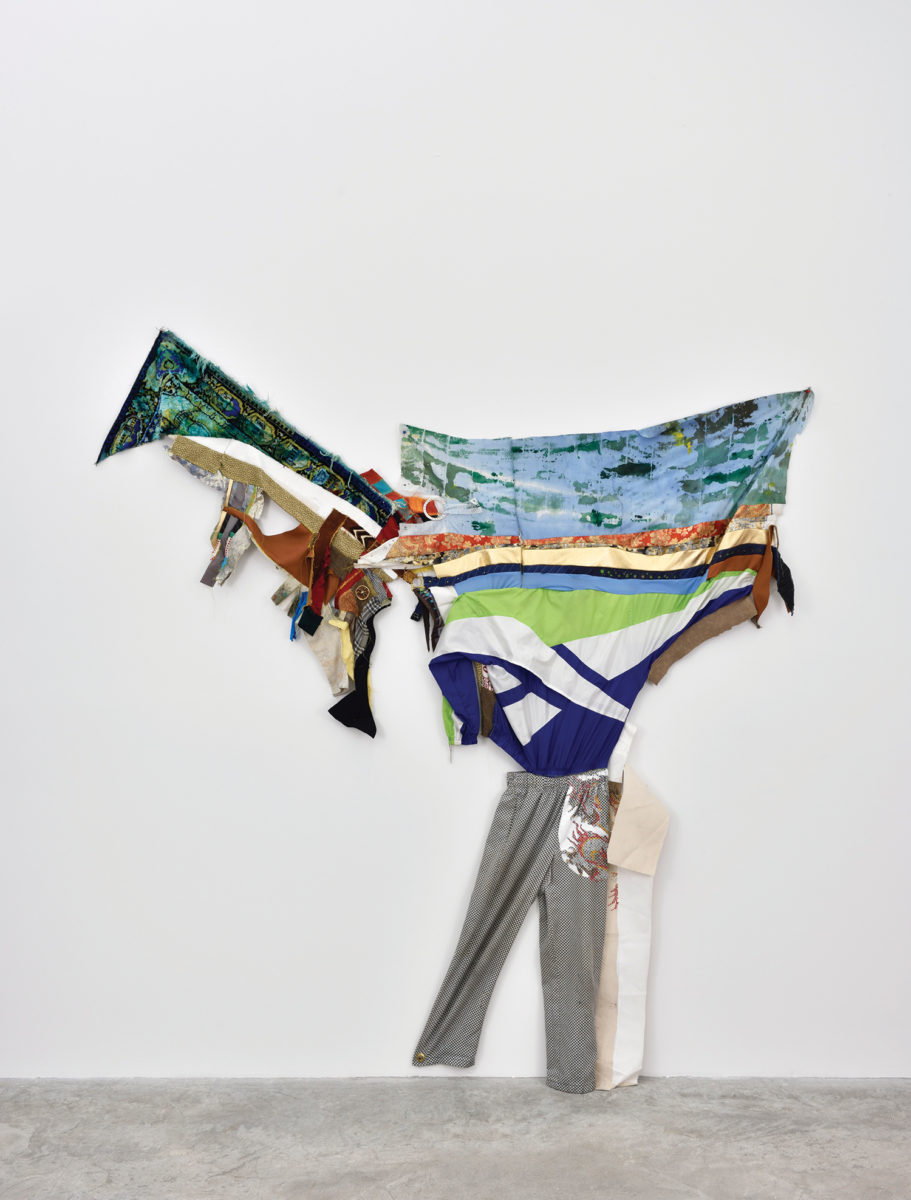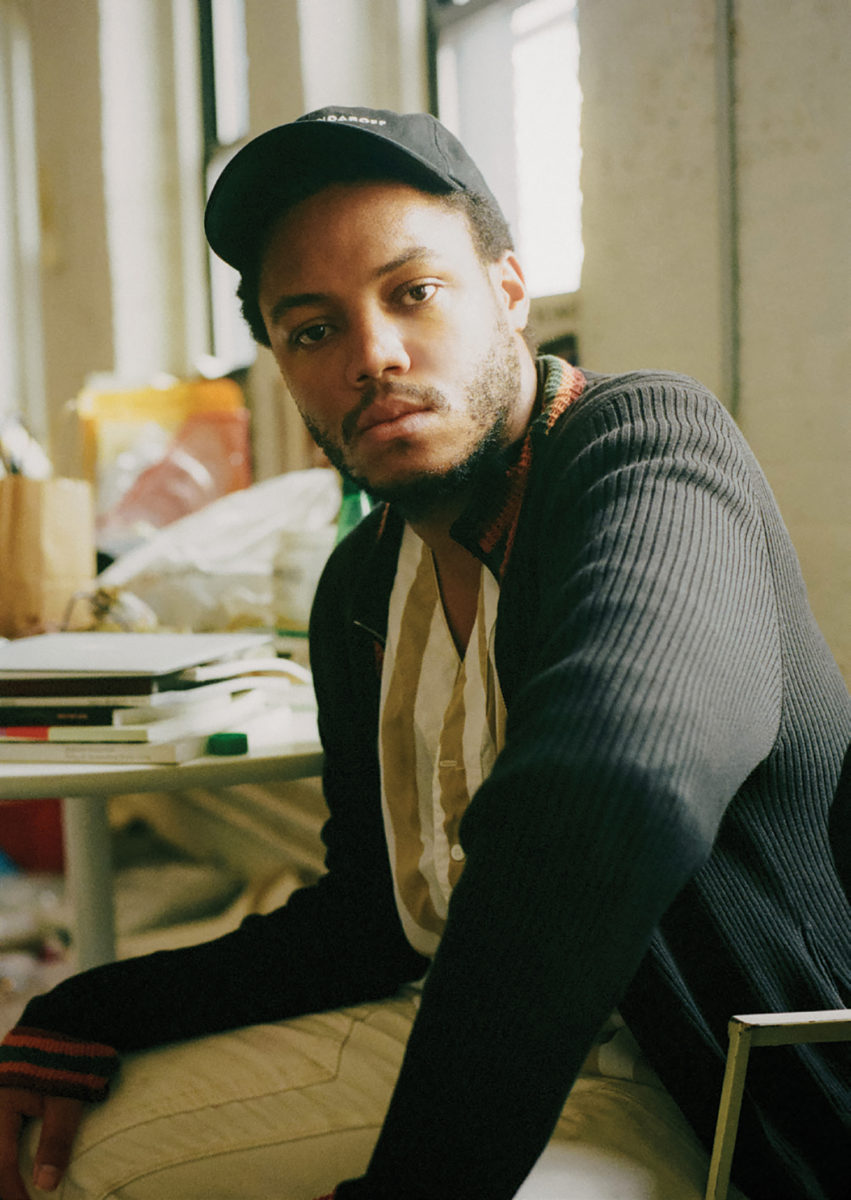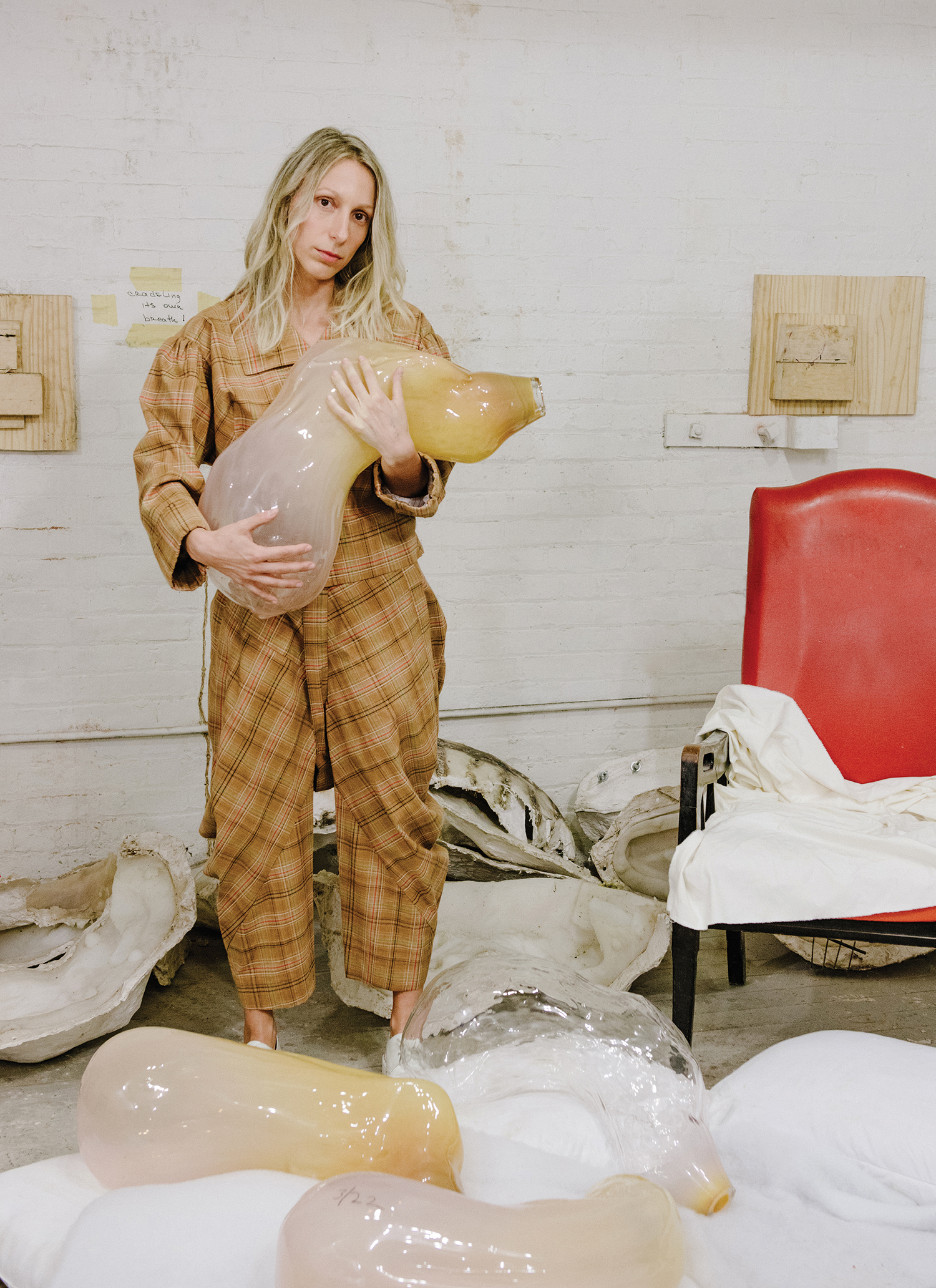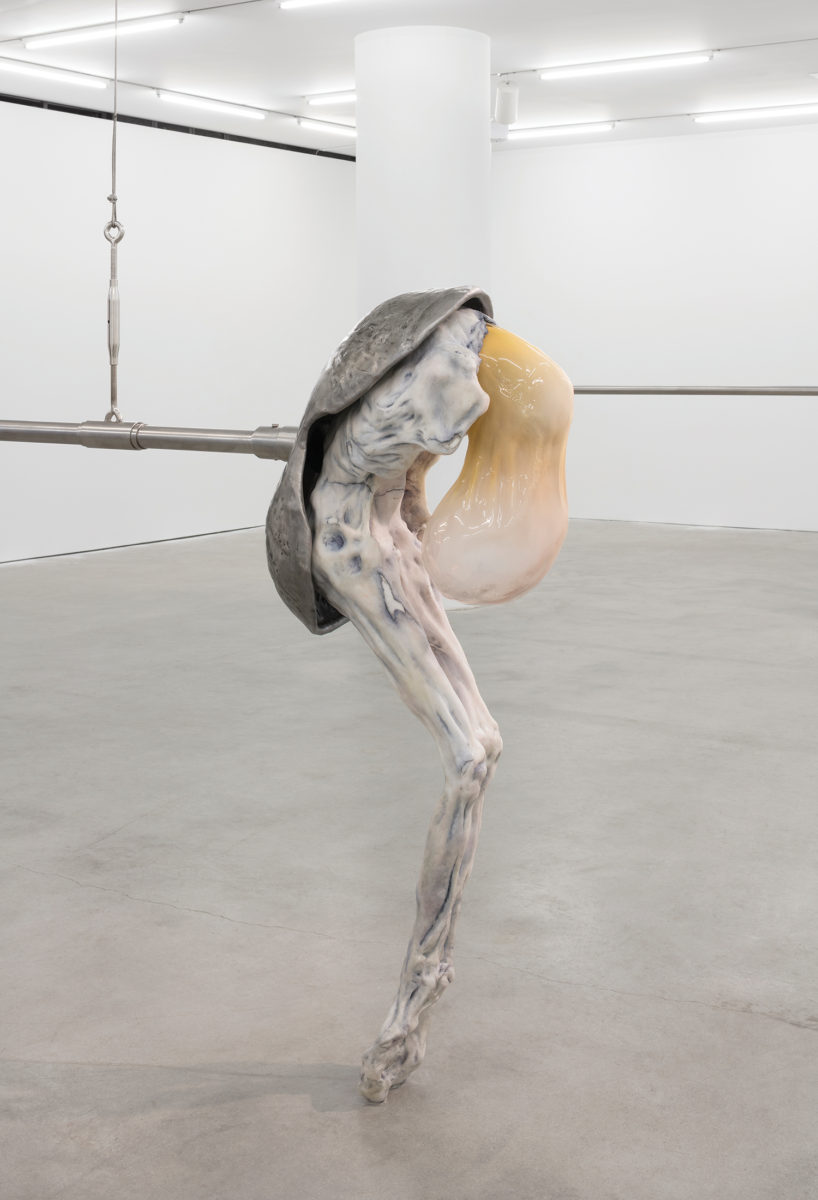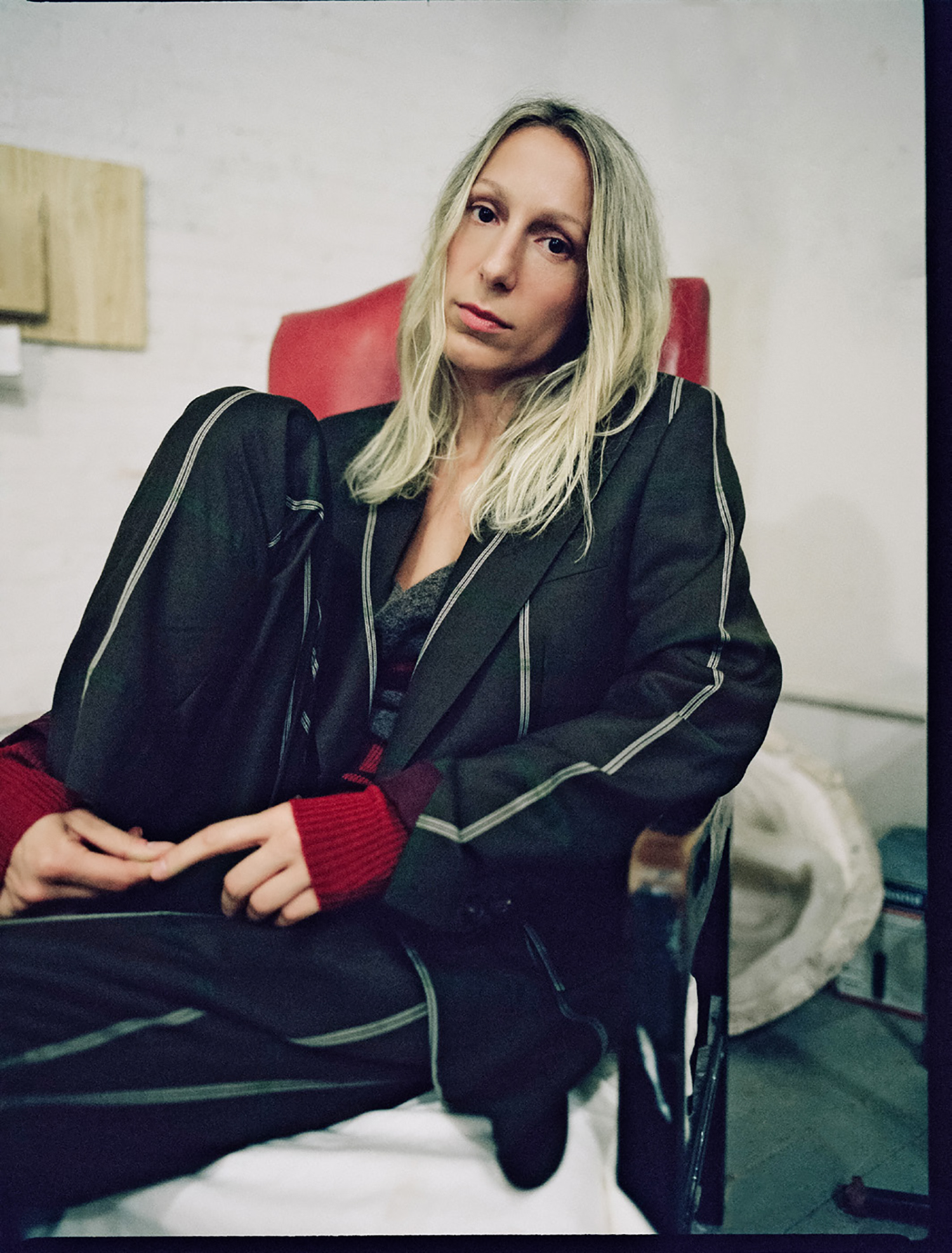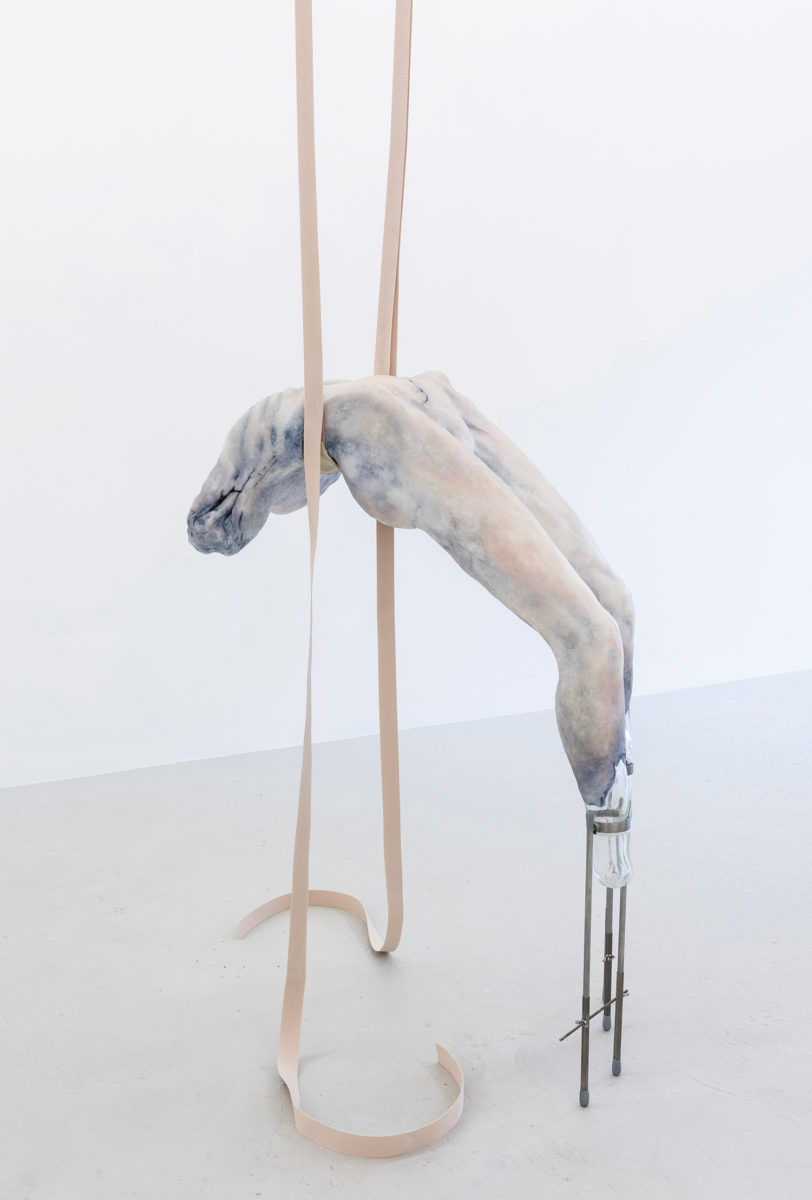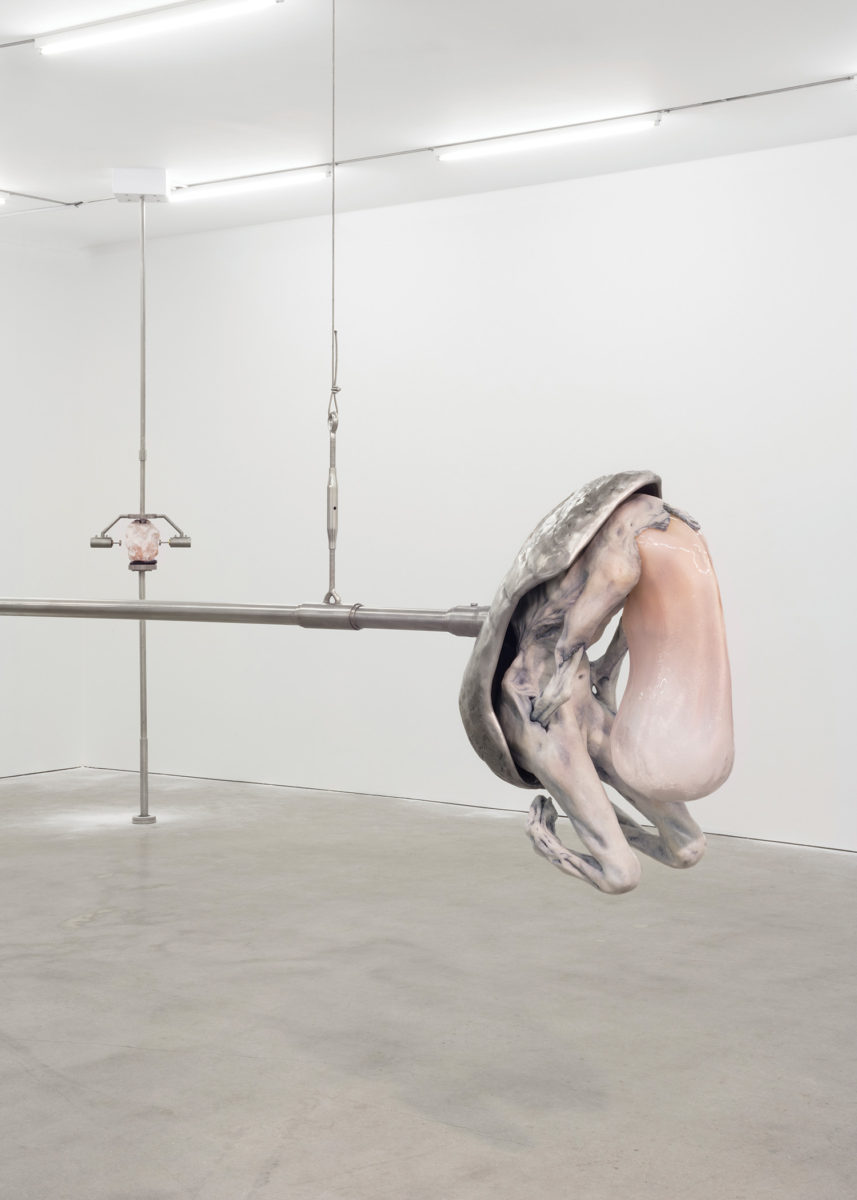YAYOI KUSAMA: EVERY DAY I PRAY FOR LOVE | DAVID ZWIRNER GALLERY NYC
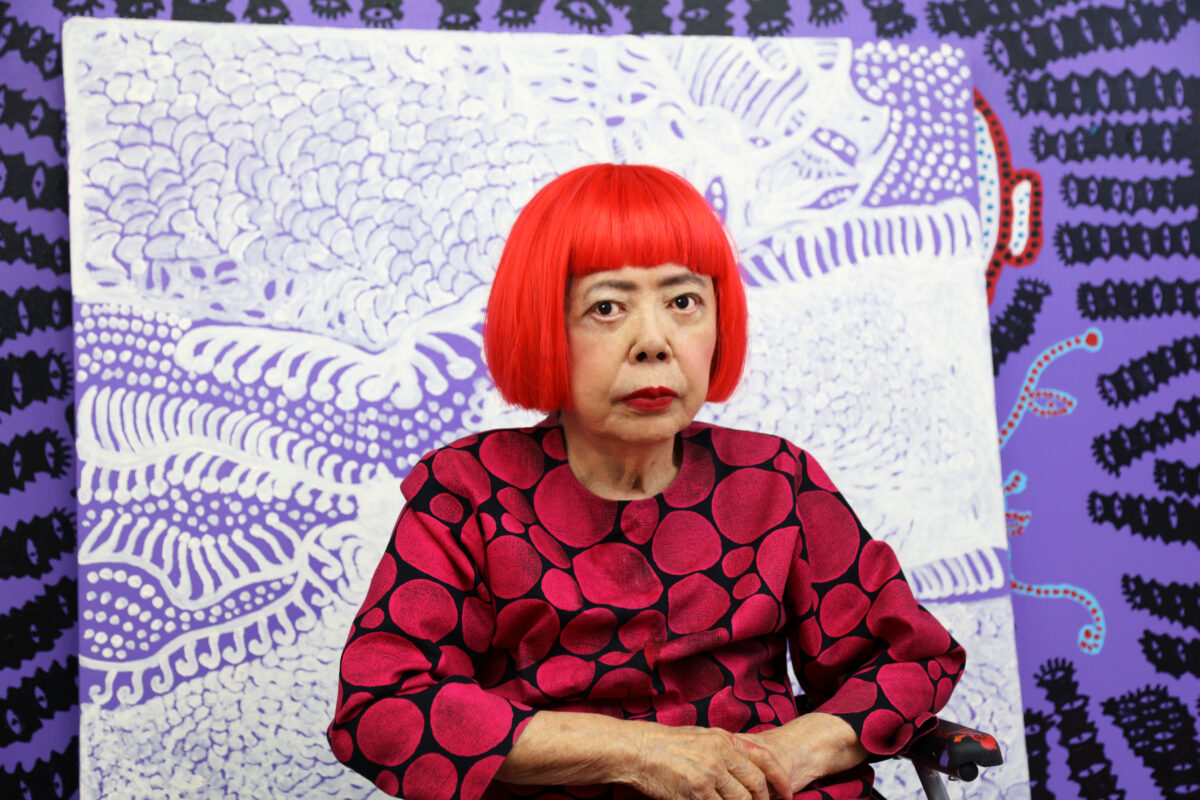
©YAYOI KUSAMA. Courtesy Ota Fine Arts, Victoria Miro, and David Zwirner
November 9–December 14, 2019537 West 20th Street, New York
Opening reception: November 9, 6–8 PM
David Zwirner is pleased to present new work by Yayoi Kusama at the gallery’s 537 West 20th Street location in New York. The exhibition will feature new paintings, new sculptures, an immersive installation, and the debut of INFINITY MIRRORED ROOM – DANCING LIGHTS THAT FLEW UP TO THE UNIVERSE, 2019.
One of the most influential artists of the twentieth and twenty-first centuries, Kusama occupies a unique position within recent art history. Since her early assimilation of pop art and minimalism in the 1960s, she has created a highly personal oeuvre that resonates with a global audience. Distinctly recognizable, her works frequently deploy repetitive elements—such as dots—to evoke both microscopic and macroscopic universes.
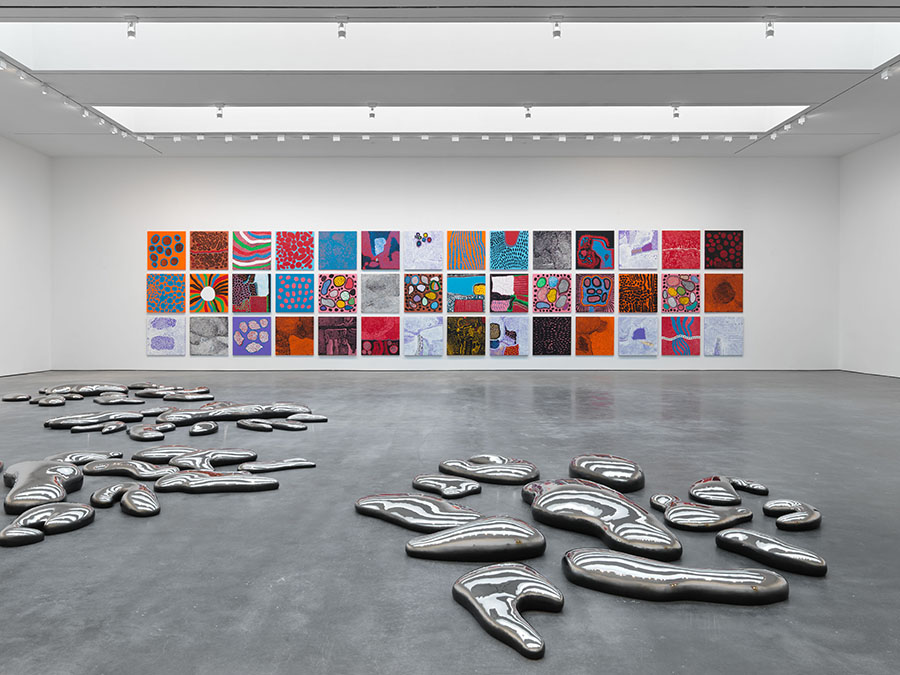
Installation view, Yayoi Kusama: EVERY DAY I PRAY FOR LOVE, David Zwirner, New York, 2019
Courtesy David Zwirner
The exhibition introduces new paintings in the artist’s iconic My Eternal Soul series. Created in a more intimate format on view for the first time in the United States, these works are singular explorations of line and form. Minutely detailed, yet with bold explorations of color, they are at once abstract and figurative. Framed by the paintings and addressing a similar dialectic is a large, new floor-based constellation composed of almost a hundred different stainless-steel elements. Viewers navigate an all-encompassing environment of organic-looking, cloud-like forms whose reflections envelop its audience and reinforce an impression of perpetuity and infinity.
The gallery is also pleased to debut INFINITY MIRRORED ROOM – DANCING LIGHTS THAT FLEW UP TO THE UNIVERSE, 2019, which offers an immersive and poetic experience of endless space. The continuous mirroring of the flickering lights ultimately underscores Kusama’s determination throughout her art to convey an “eternal unlimited universe [and] the eternity of interrelationships.”1
An installation of new soft sculptures will also be presented. Painted in a unified palette, these works likewise appear on the verge of figuration and denote the artist’s preoccupation throughout her career with accumulations of similar shapes.
The exhibition will be accompanied by a catalogue published by David Zwirner Books featuring texts and poems by the artist, many of which have not been published before.

Installation view, Yayoi Kusama: EVERY DAY I PRAY FOR LOVE, David Zwirner, New York, 2019
Courtesy David Zwirner
Born in 1929 in Matsumoto, Japan, Yayoi Kusama’s work has been featured widely in both solo and group presentations. She presented her first solo show in her native Japan in 1952. In the mid-1960s, she established herself in New York as an important avant-garde artist by staging groundbreaking and influential happenings, events, and exhibitions. Her work gained widespread recognition in the late 1980s following a number of international solo exhibitions, including shows at the Center for International Contemporary Arts, New York, and the Museum of Modern Art, Oxford, both of which took place in 1989. She represented Japan in 1993 at the 45th Venice Biennale, to much critical acclaim.
Major touring surveys include those organized by the Los Angeles County Museum of Art and The Museum of Modern Art, New York (1998); Le Consortium, Dijon, France (2000); National Museum of Modern Art, Tokyo (2004); and the Museum Boijmans Van Beuningen, Rotterdam (2008). In 2011–2012, her work was the subject of a large-scale retrospective that traveled to the Museo Nacional Centro de Arte Reina Sofía, Madrid; Centre Georges Pompidou, Paris; Tate Modern, London; and the Whitney Museum of American Art, New York. From 2012 through 2015, three major museum solo presentations of the artist’s work simultaneously traveled to major museums throughout Japan, Asia, and Central and South America. In 2015, the Louisiana Museum of Modern Art in Humlebæk, Denmark, organized a comprehensive overview of Kusama’s practice that traveled to Henie-Onstad Kunstsenter, Høvikodden, Norway; Moderna Museet, Stockholm; and Helsinki Art Museum. In 2017–2019, a major survey of the artist’s work, Infinity Mirrors, was presented at the Hirshhorn Museum and Sculpture Garden, Washington, DC; Seattle Art Museum; The Broad, Los Angeles; Art Gallery of Ontario, Toronto; The Cleveland Museum of Art, Ohio; and the High Museum of Art, Atlanta, Georgia. Yayoi Kusama: Life Is the Heart of the Rainbow, which marked the first large-scale exhibition of Kusama’s work presented in Southeast Asia, opened at the National Gallery of Singapore in 2017 and traveled to the Queensland Art Gallery | Gallery of Modern Art in Brisbane, Australia and the Museum of Modern and Contemporary Art in Nusantara, Jakarta.
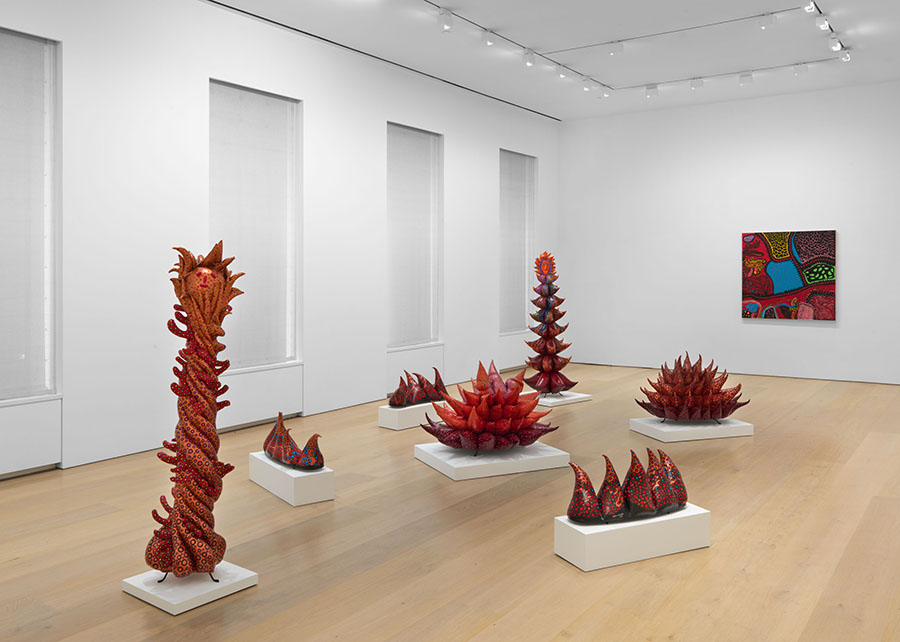
Installation view, Yayoi Kusama: EVERY DAY I PRAY FOR LOVE, David Zwirner, New York, 2019
Courtesy David Zwirner
Yayoi Kusama: LOVE IS CALLING is currently on view at the Institute of Contemporary Art, Boston, through February 7, 2021. From October 2019 through January 2020, the Institute of Contemporary Art, Miami will present the artist’s Infinity Mirrored Room entitled All the Eternal Love I Have for the Pumpkins. Kusama’s INFINITY MIRRORED ROOM – MY HEART IS DANCING INTO THE UNIVERSE will be on view permanently beginning in October 2019 at Crystal Bridges Museum of American Art, Bentonville, Arkansas. The New York Botanical Garden, New York will present a selection of significant works by the artist from May 2, 2020, through November 1, 2020.
During the month of October 2019, a large-scale sculpture conceived by Kusama for the Place Vendôme will be installed as part of FIAC’s Hors les Murs, the annual initiative that gives carte blanche to artists to create major public artworks. Installed near the Column Vendôme, Life of the Pumpkin Recites, All About the Biggest Love for the People (2019) is a giant inflatable pumpkin sculpture covered with Kusama’s signature polka-dot pattern. The work expands on several of the most recognizable motifs of Kusama’s visual language and is the artist’s largest inflatable sculpture to date. Life of the Pumpkin Recites, All About the Biggest Love for the People is co-presented by Victoria Miro, Ota Fine Arts, and David Zwirner.
A museum dedicated to the artist’s work, the Yayoi Kusama Museum, opened on October 1, 2017, in Tokyo with the inaugural exhibition Creation Is a Solitary Pursuit, Love Is What Brings You Closer to Art. From October 10, 2019, through January 31, 2020, the museum will present its fifth exhibition featuring the artist’s work, entitled SPIRITS OF AGGREGATION.
Kusama has been represented by David Zwirner since 2013. Work by the artist is held in museum collections worldwide, including the Centre Georges Pompidou, Paris; Hirshhorn Museum and Sculpture Garden, Washington, DC; Los Angeles County Museum of Art; The Museum of Modern Art, New York; National Museum of Modern Art, Tokyo; Stedelijk Museum, Amsterdam; Tate Gallery, London; Walker Art Center, Minneapolis, Minnesota; and the Whitney Museum of American Art, New York; among numerous others. Kusama lives and works in Tokyo.
